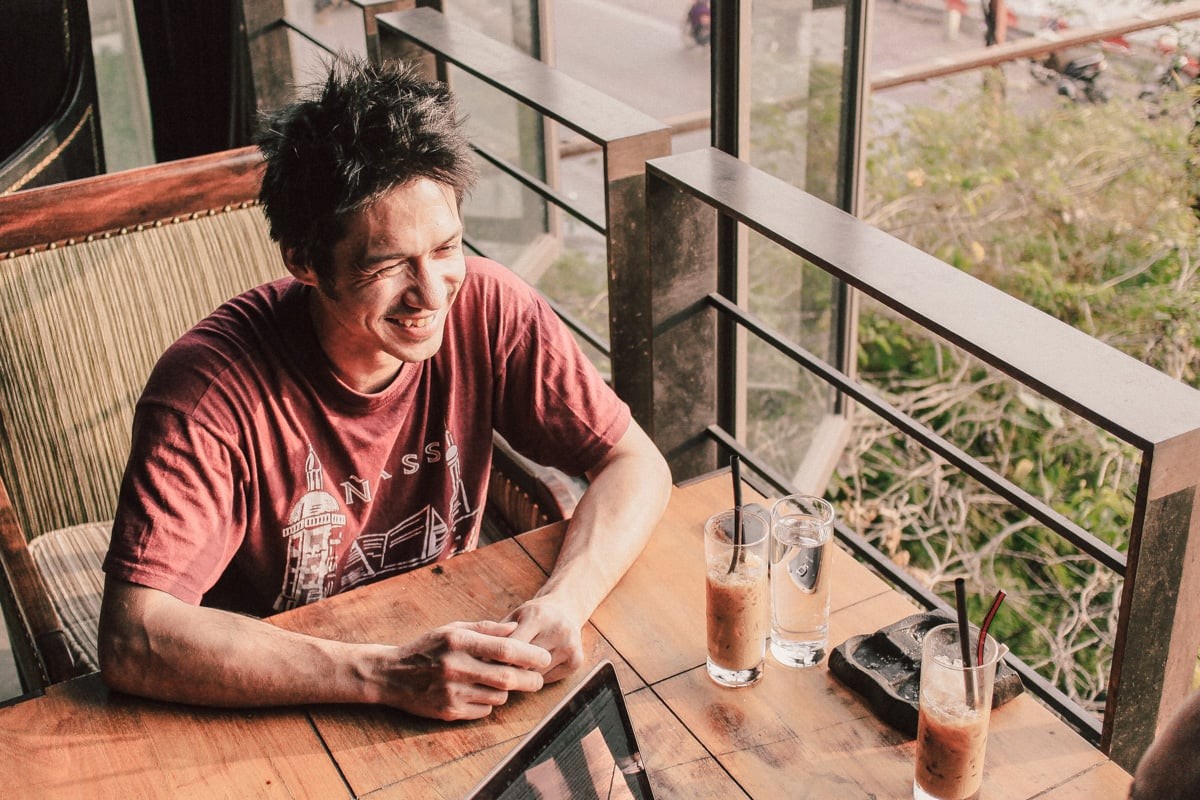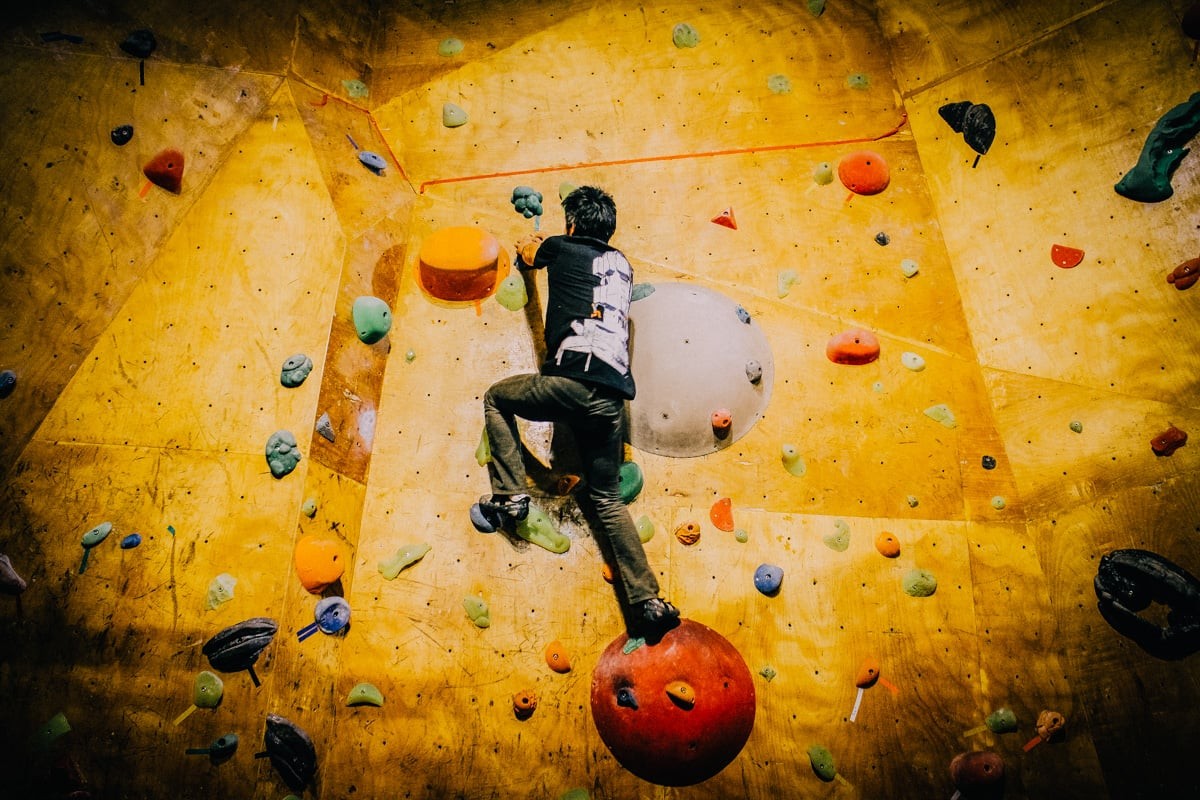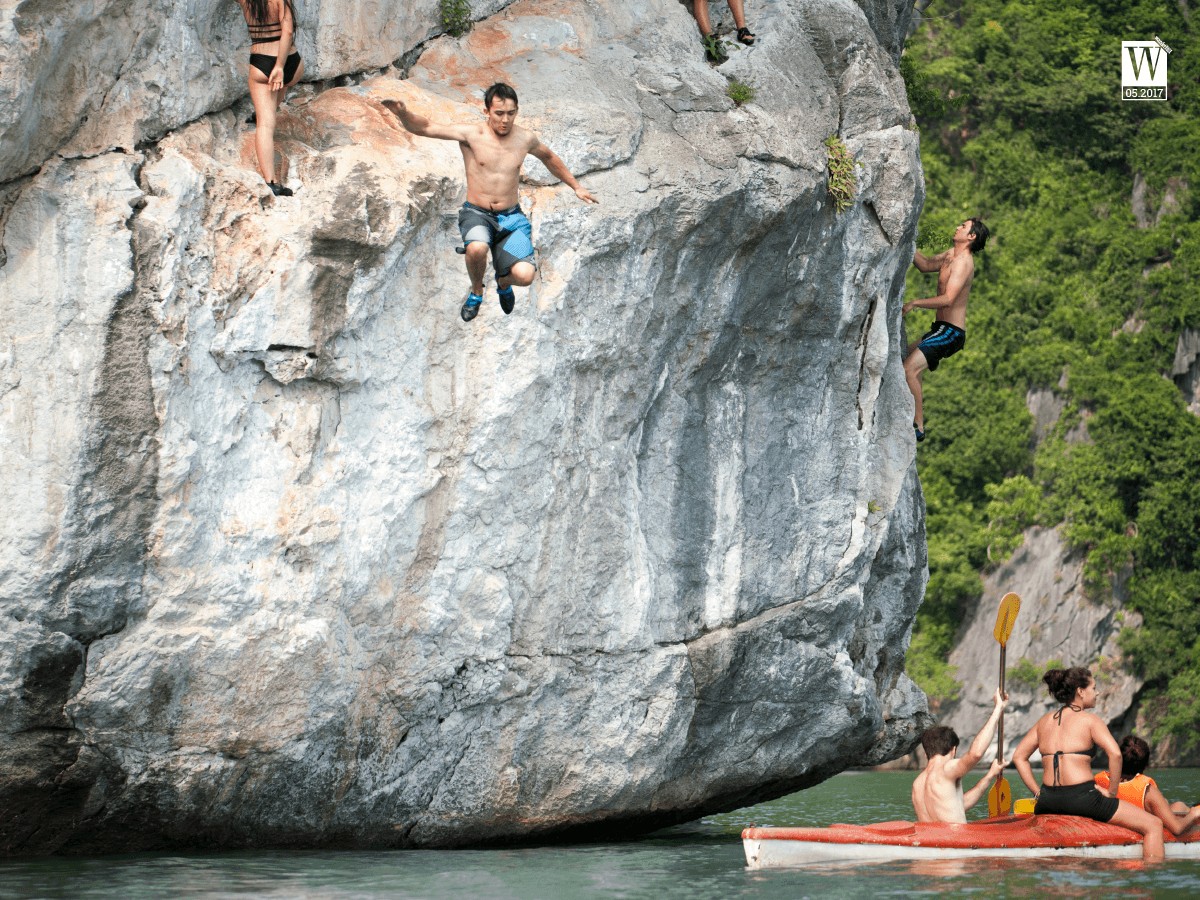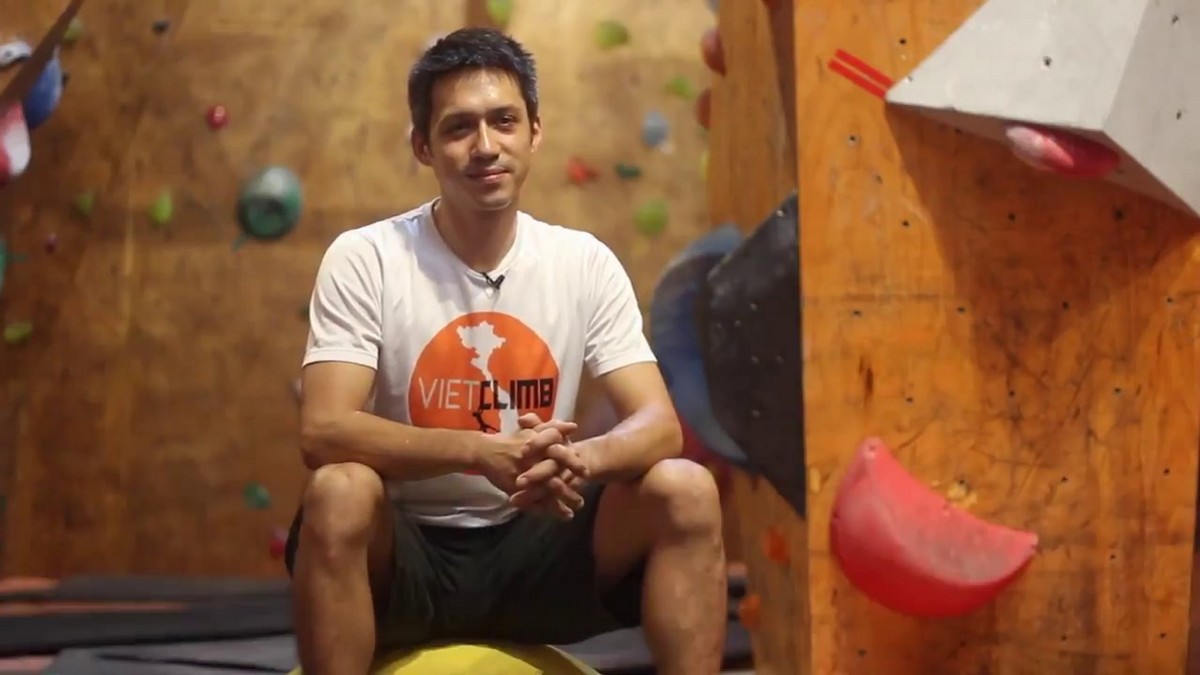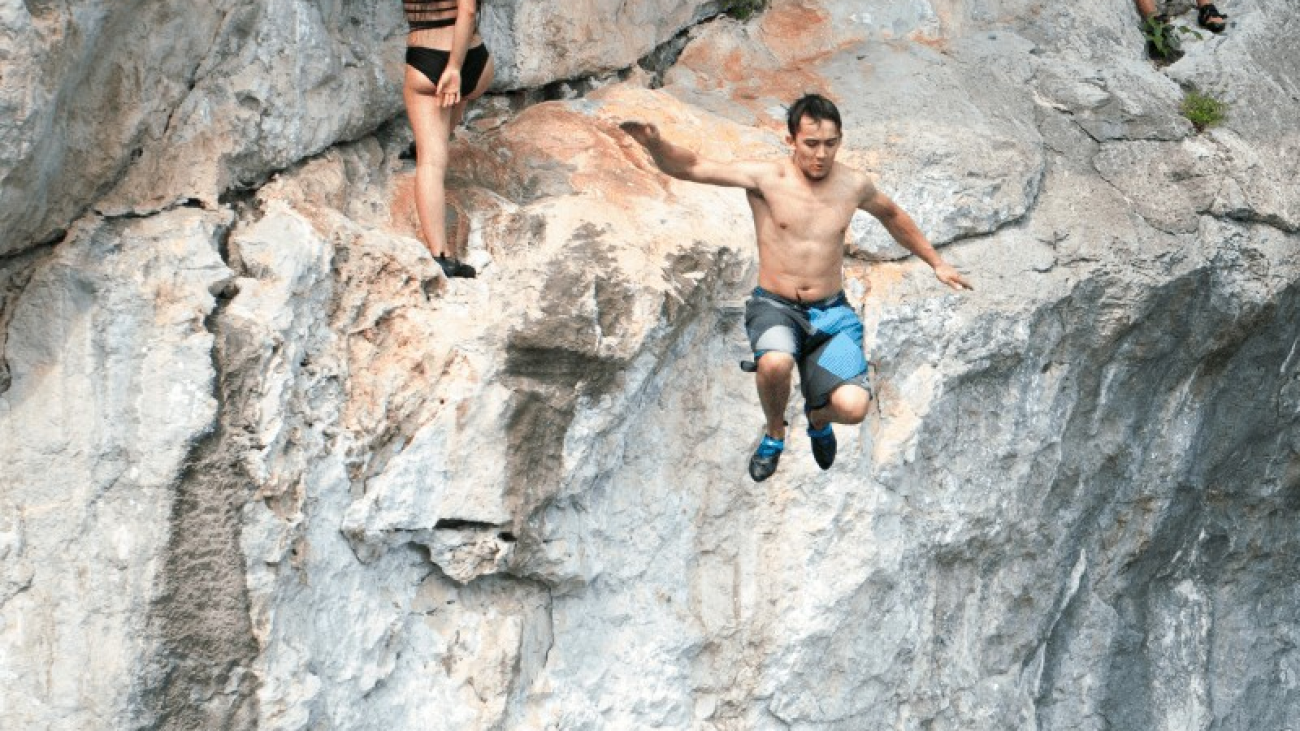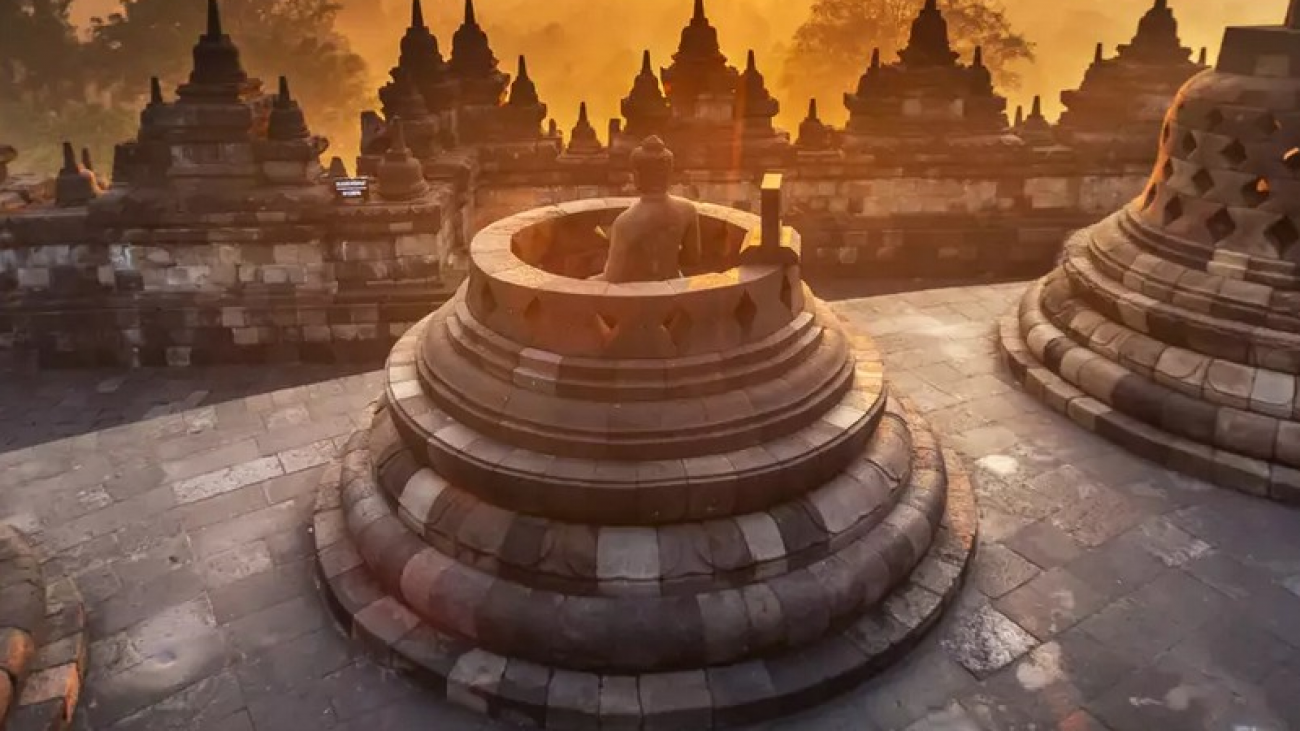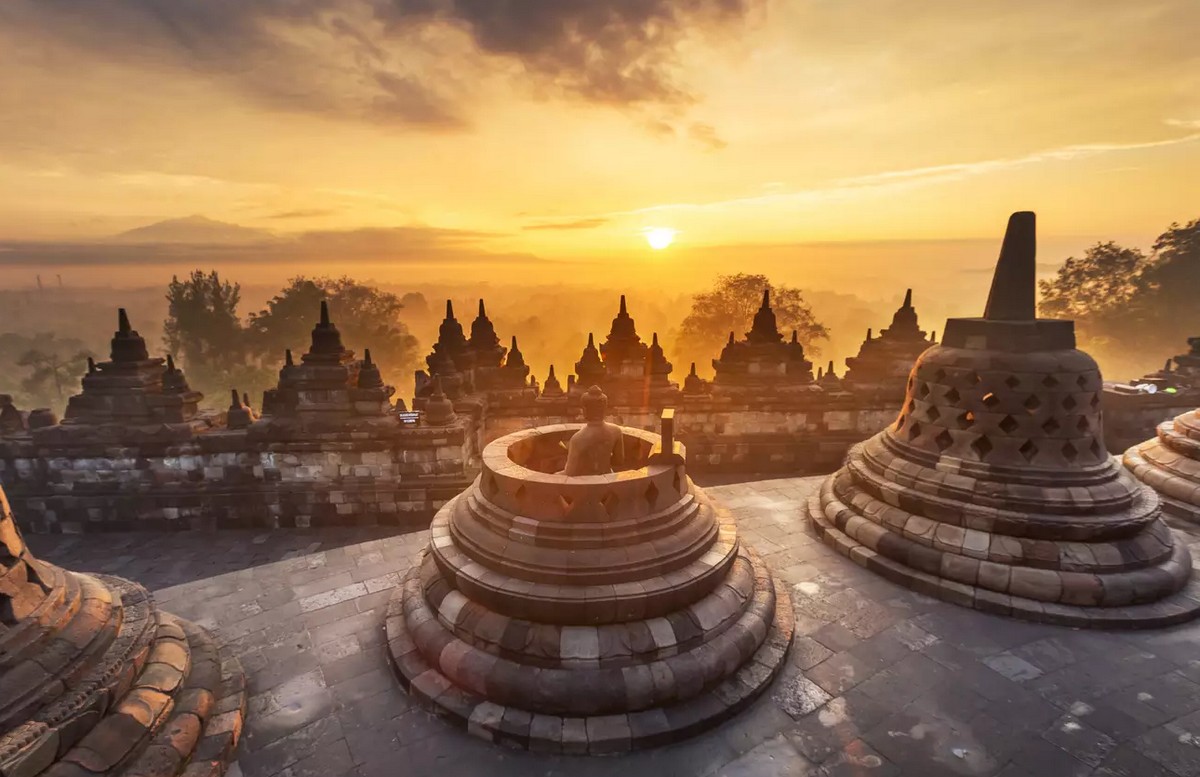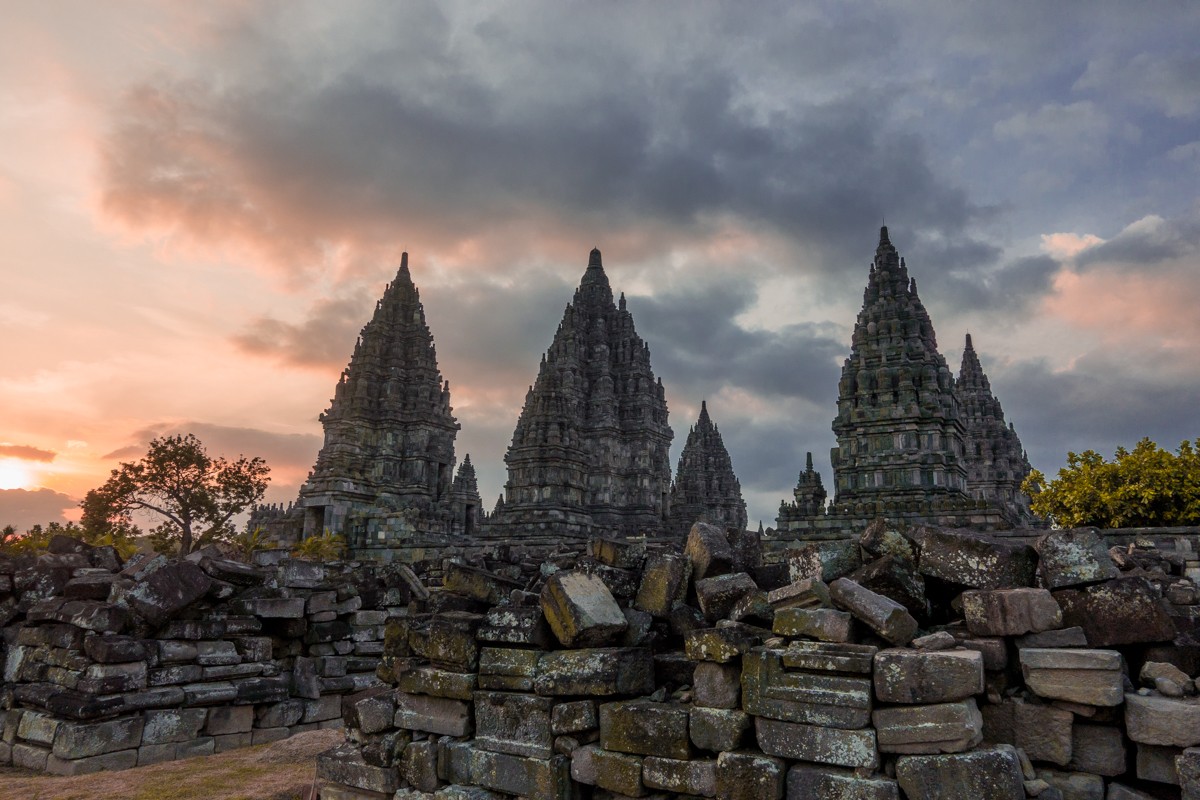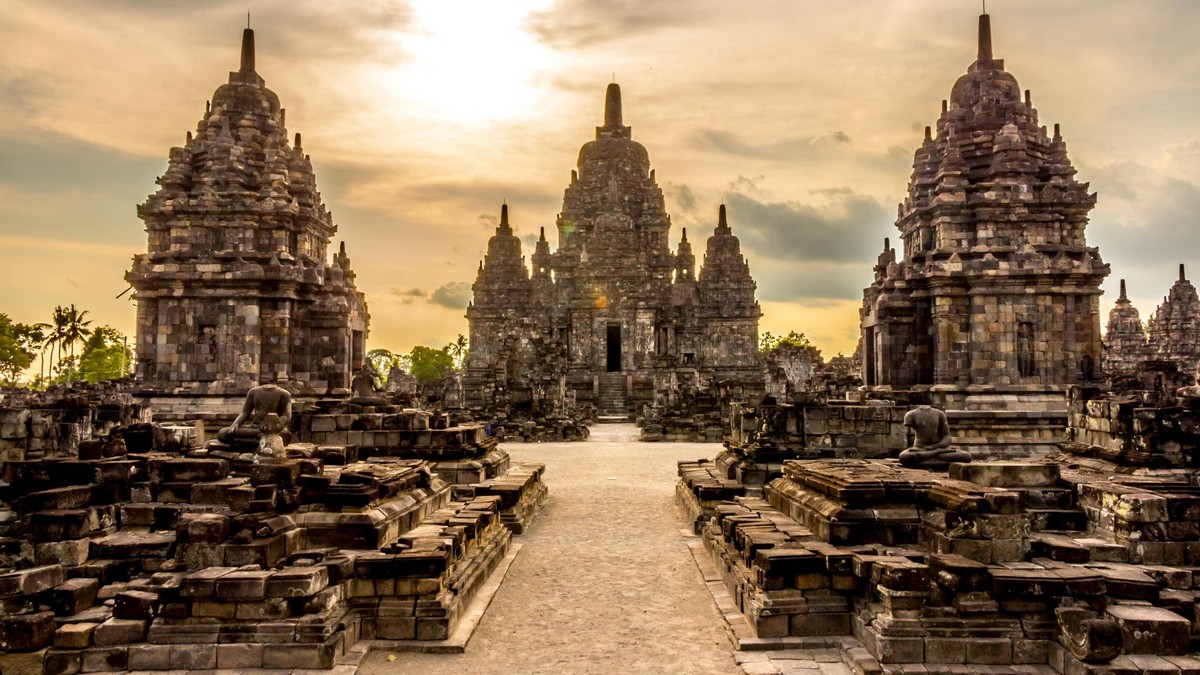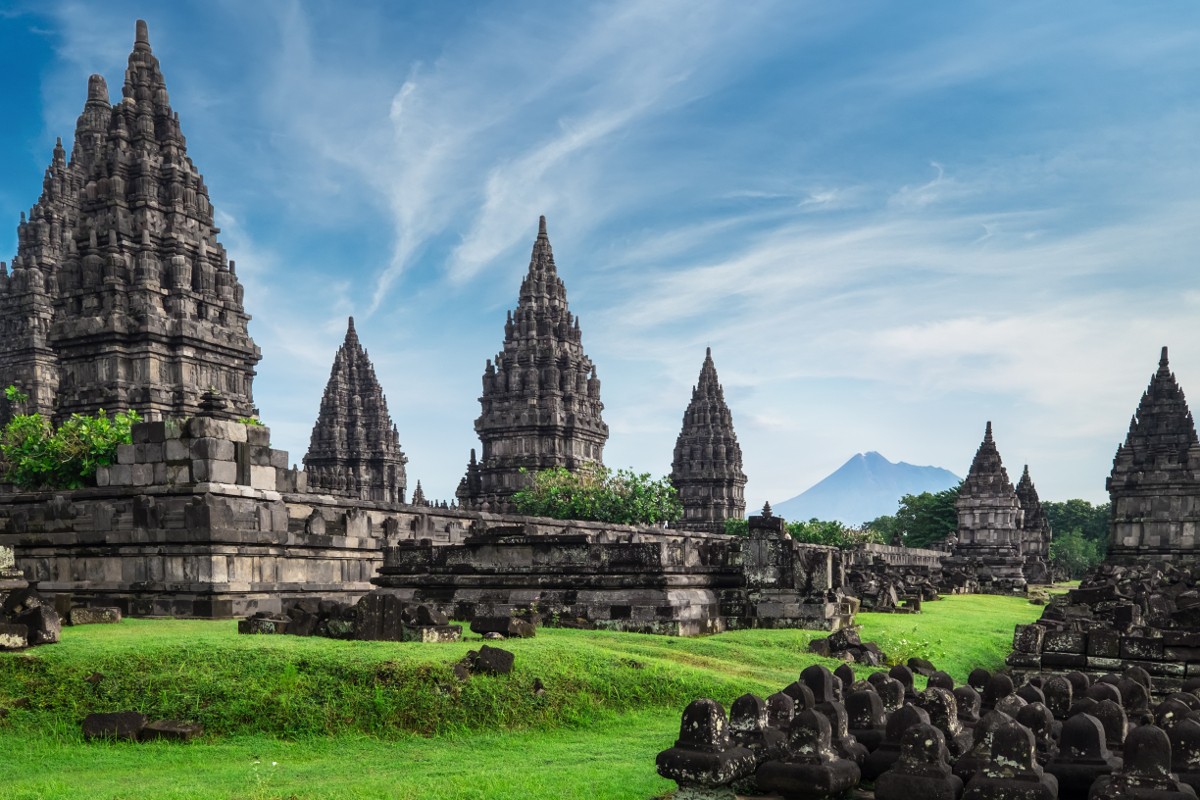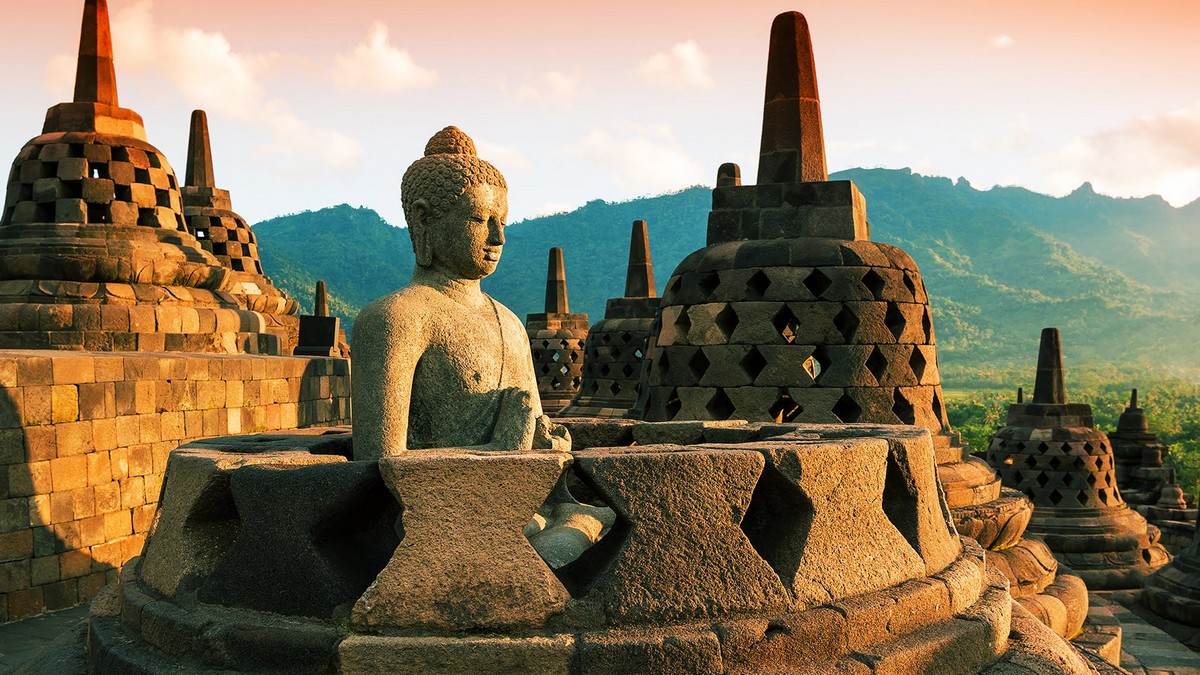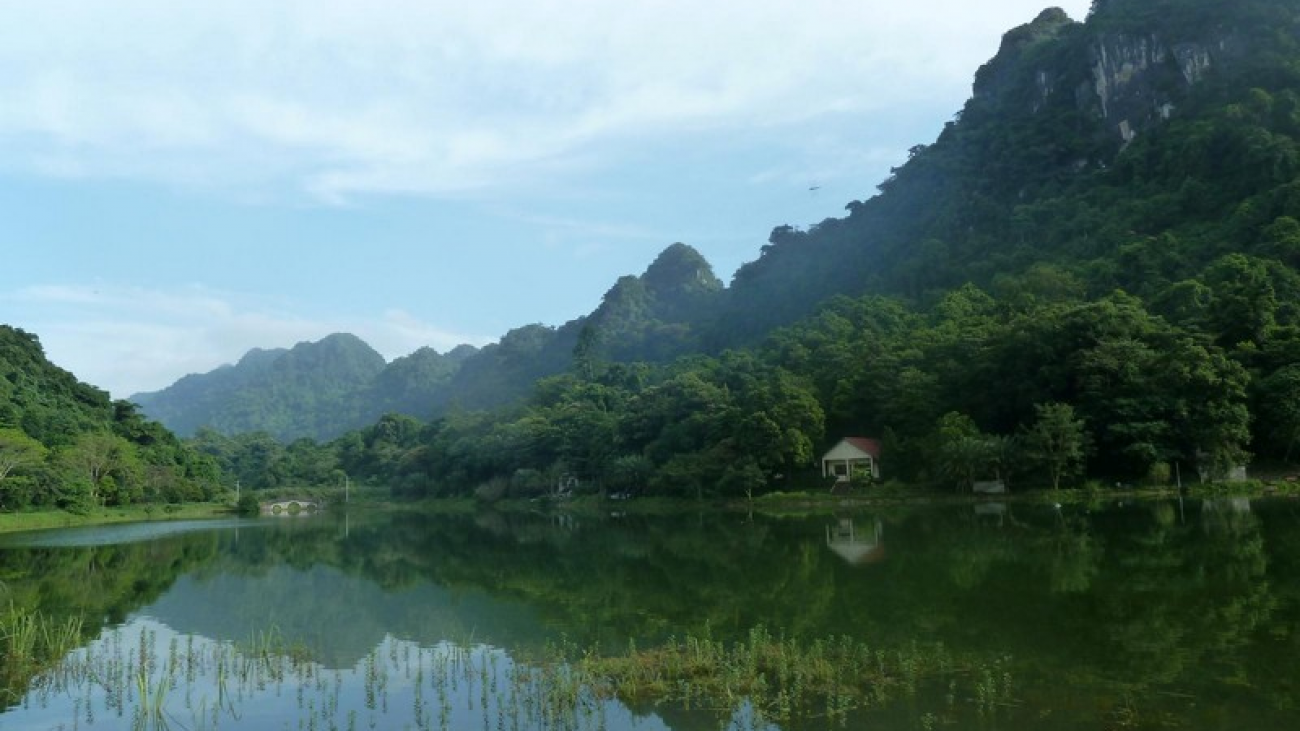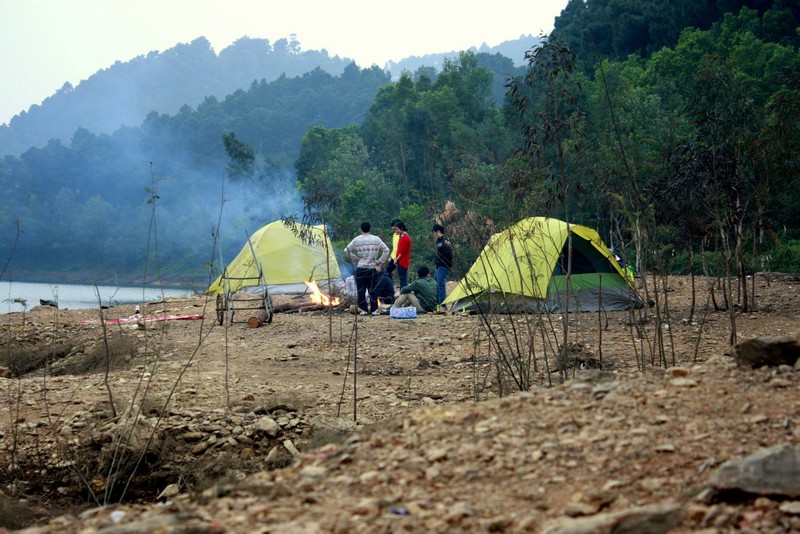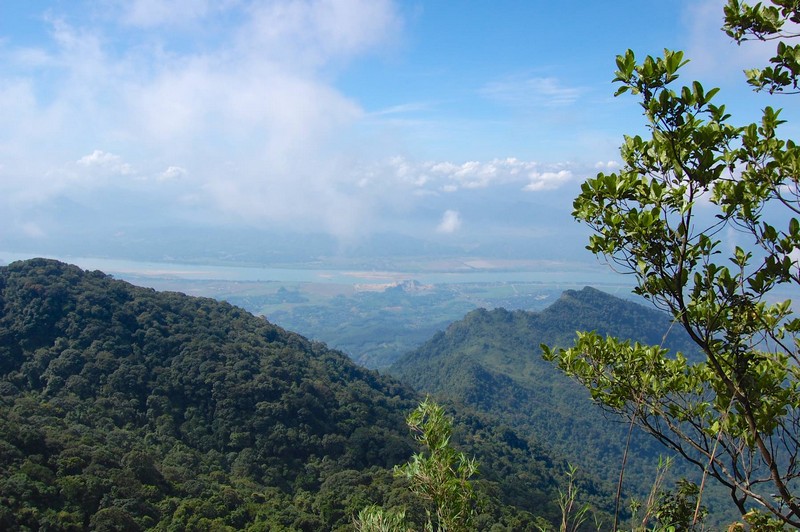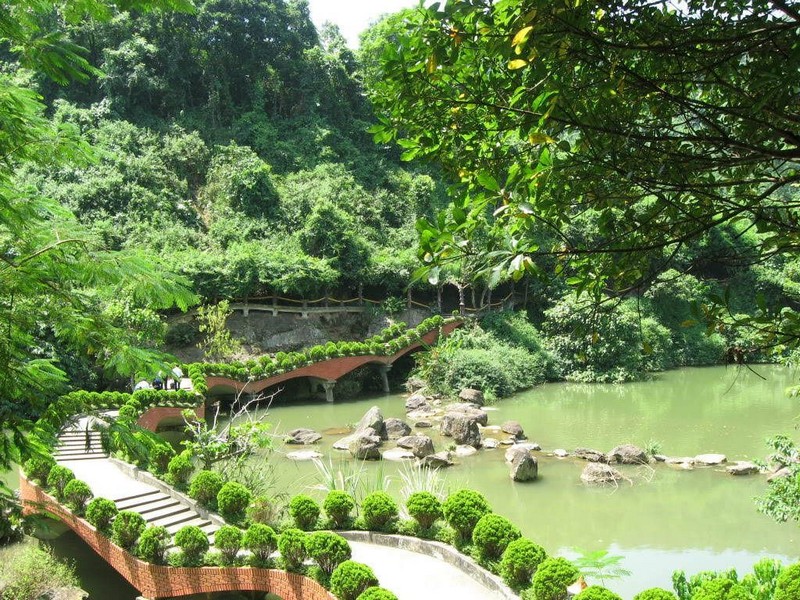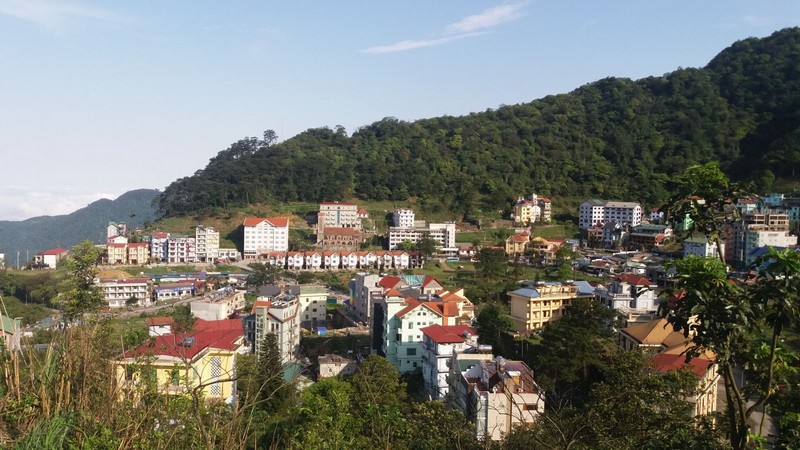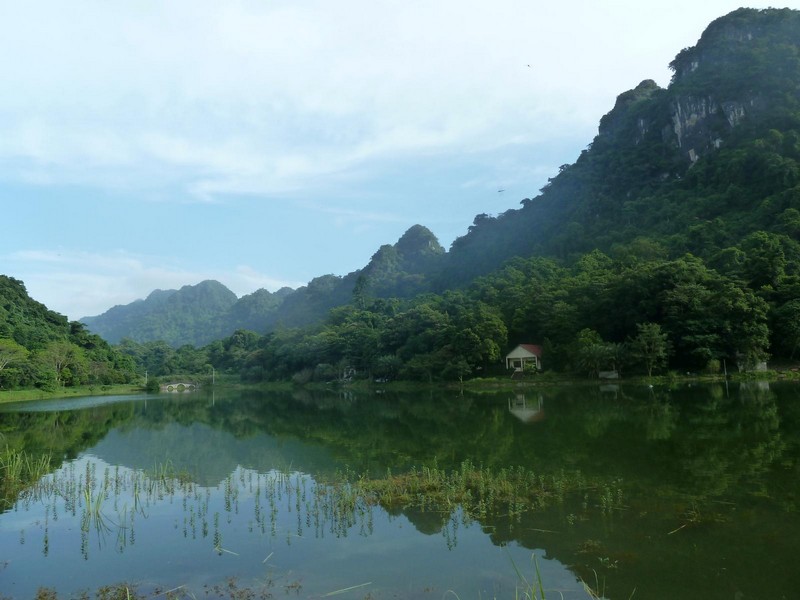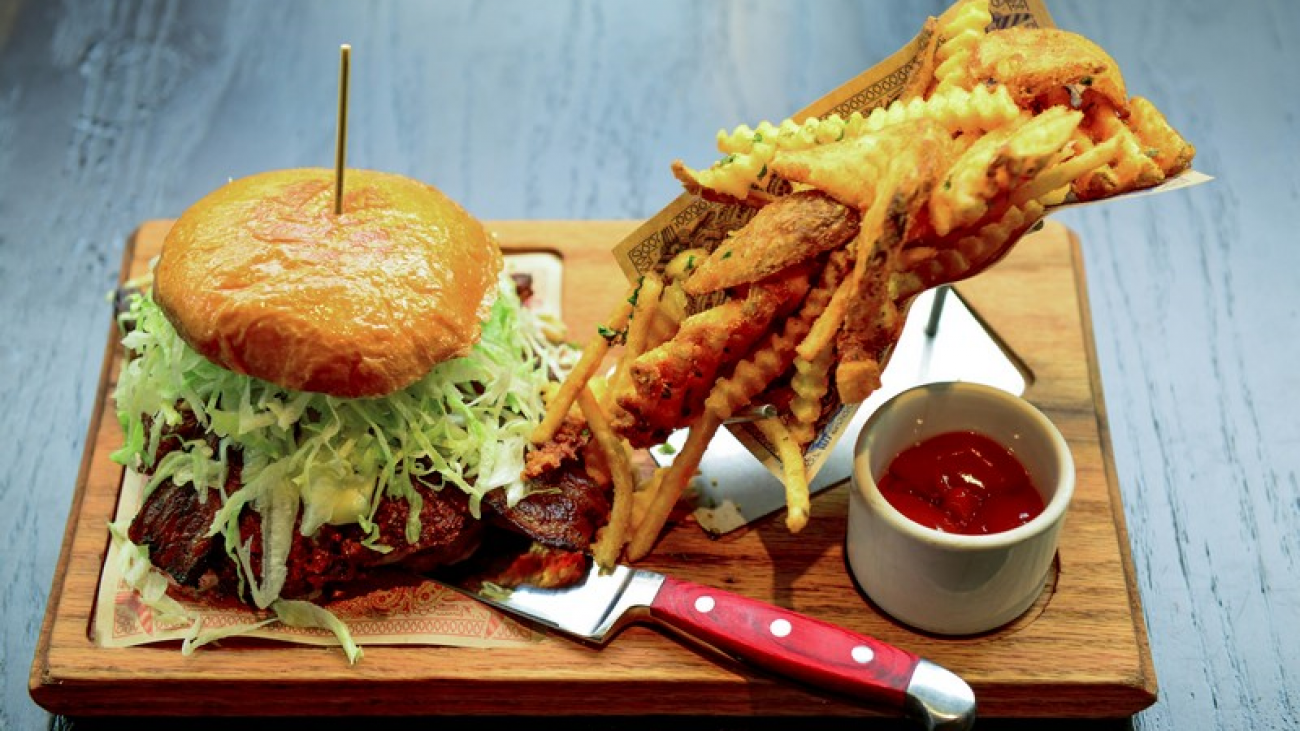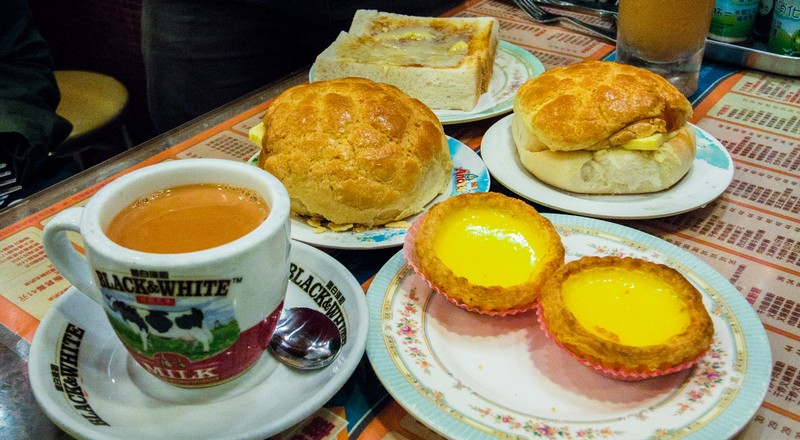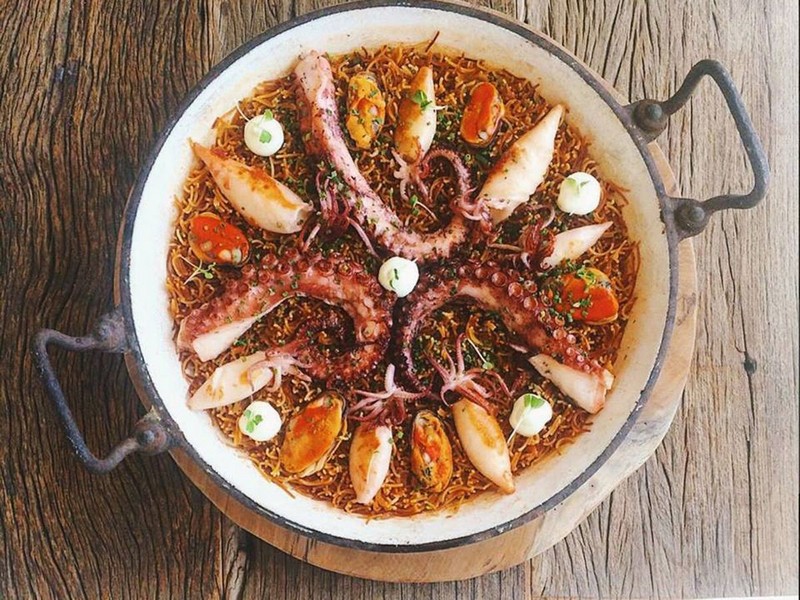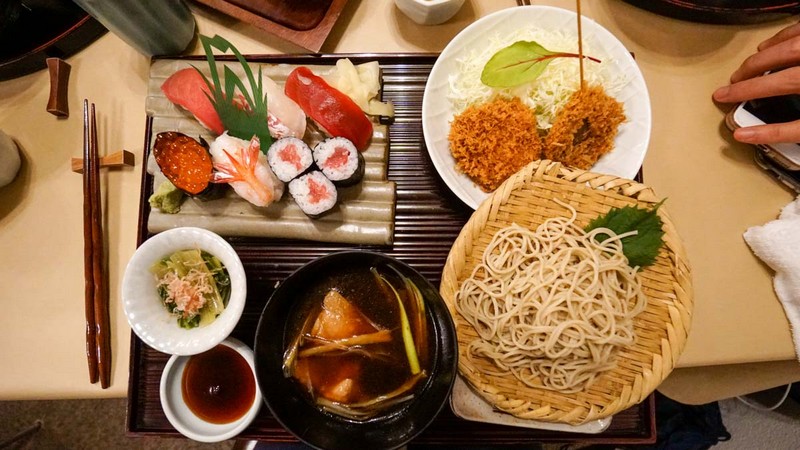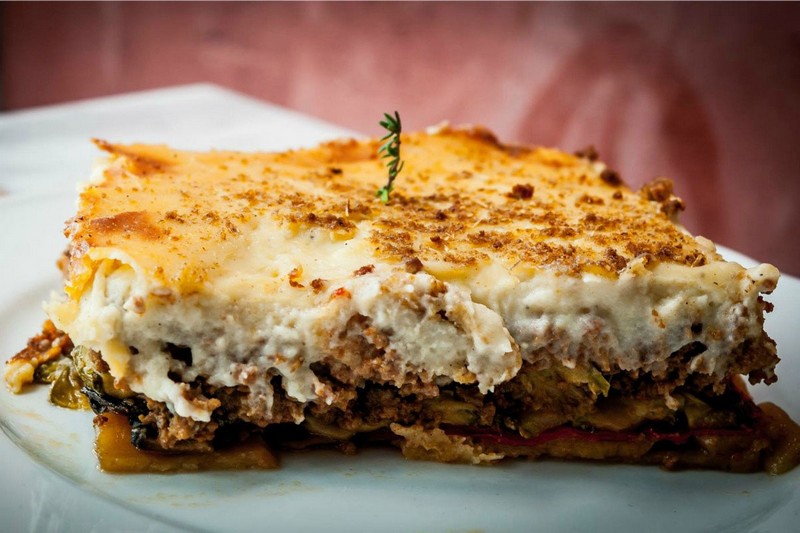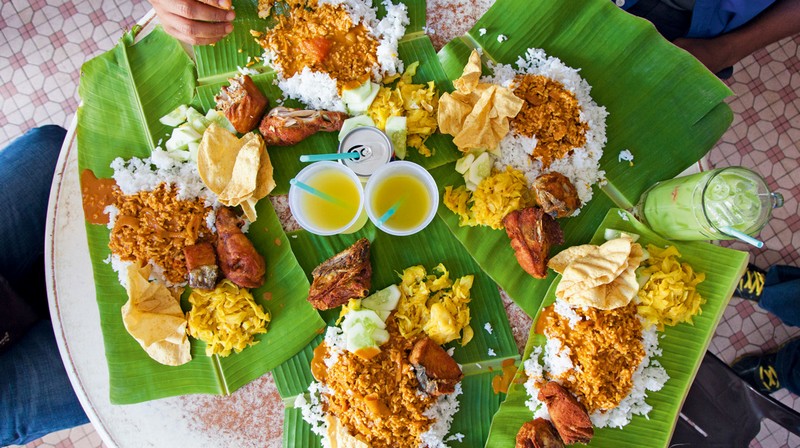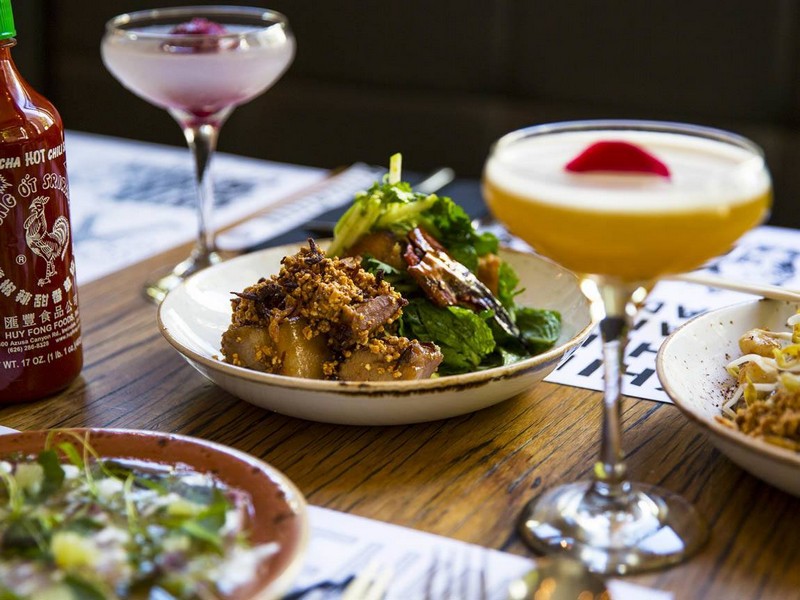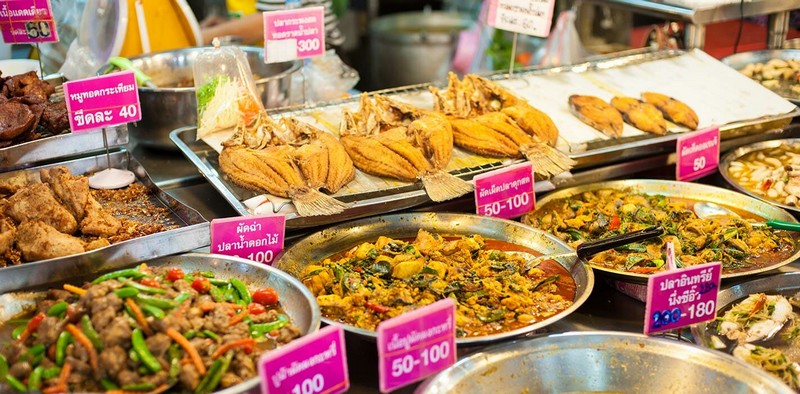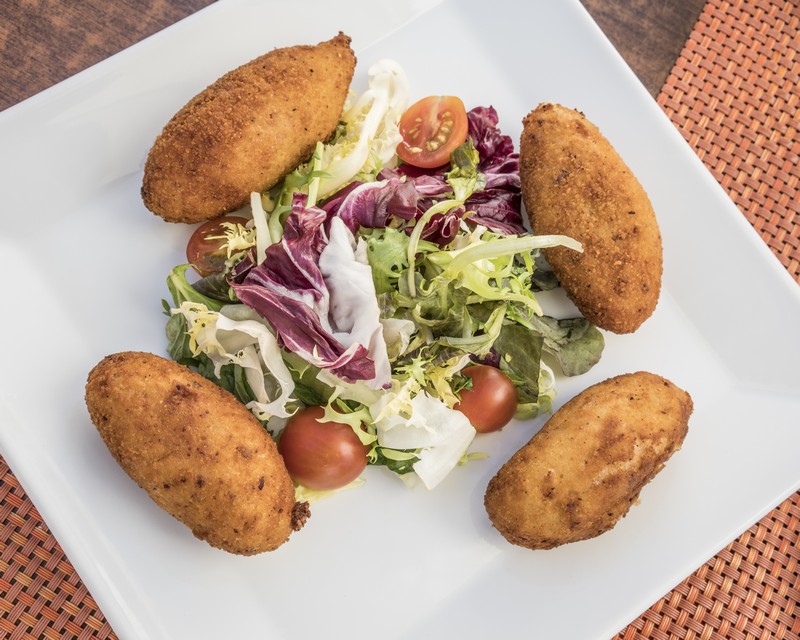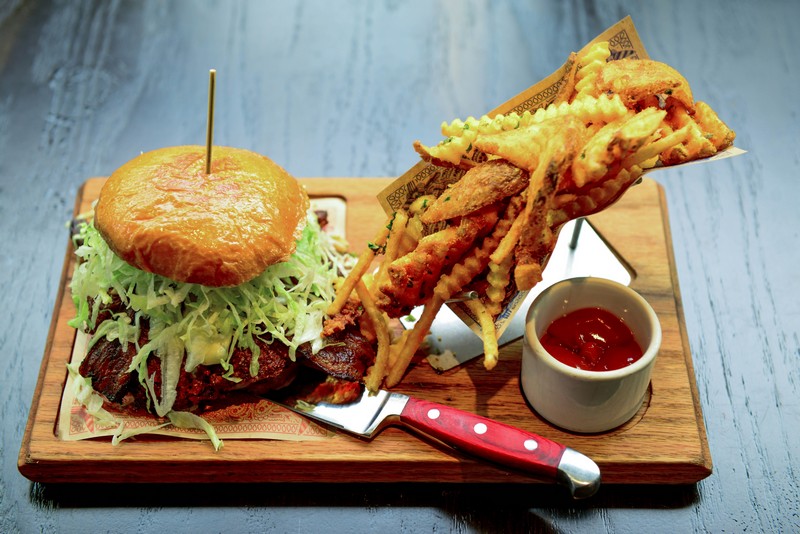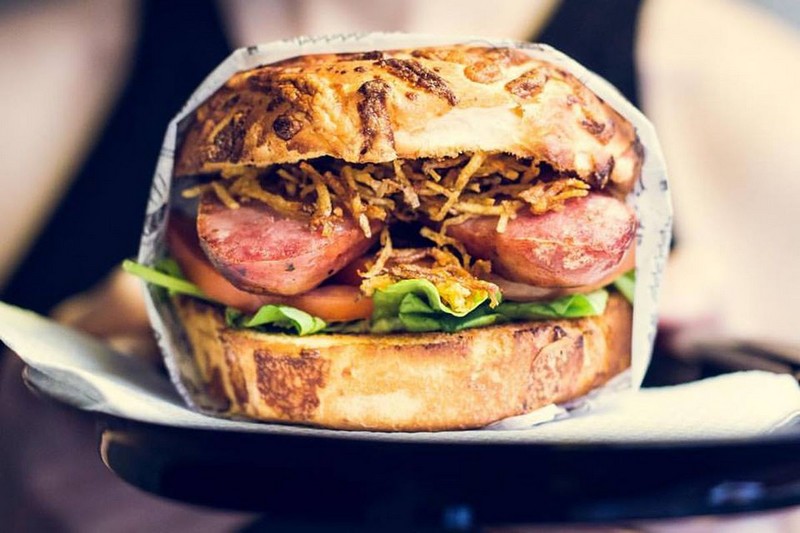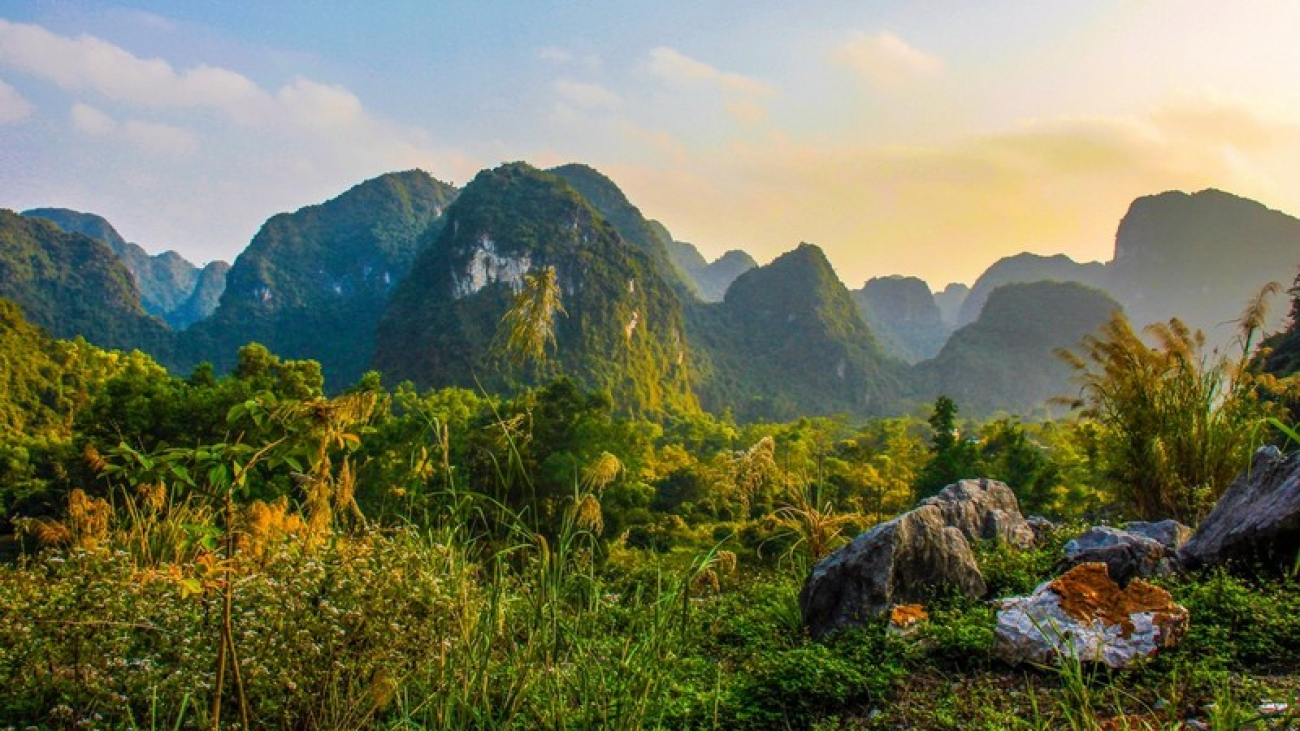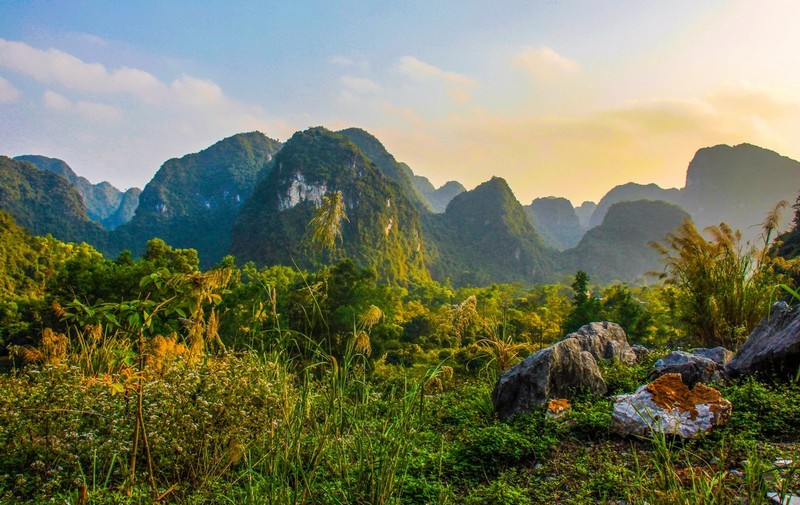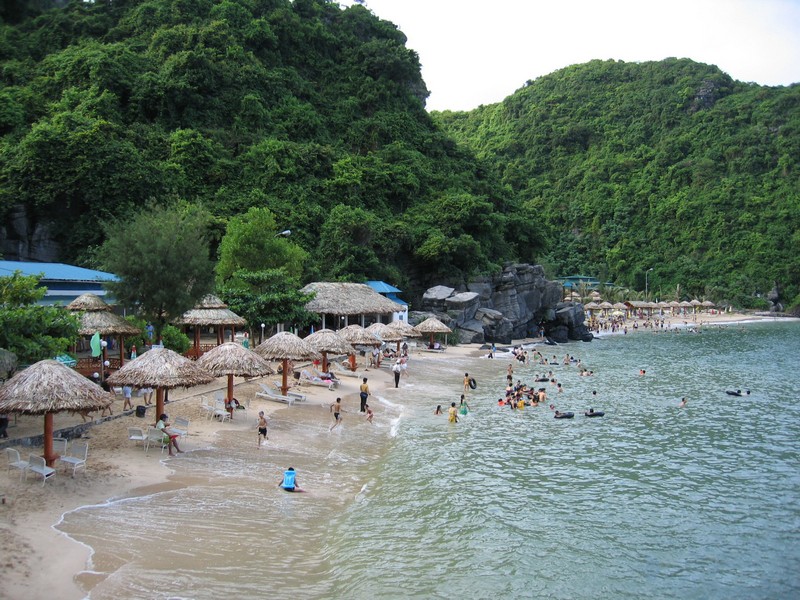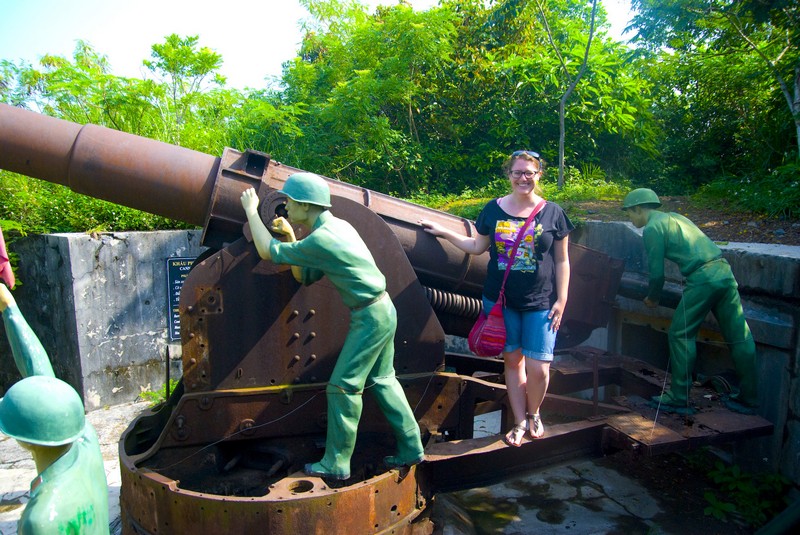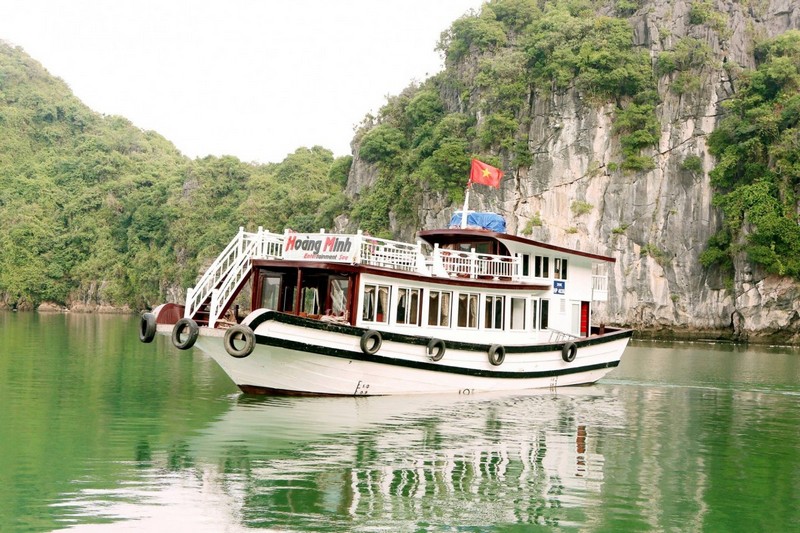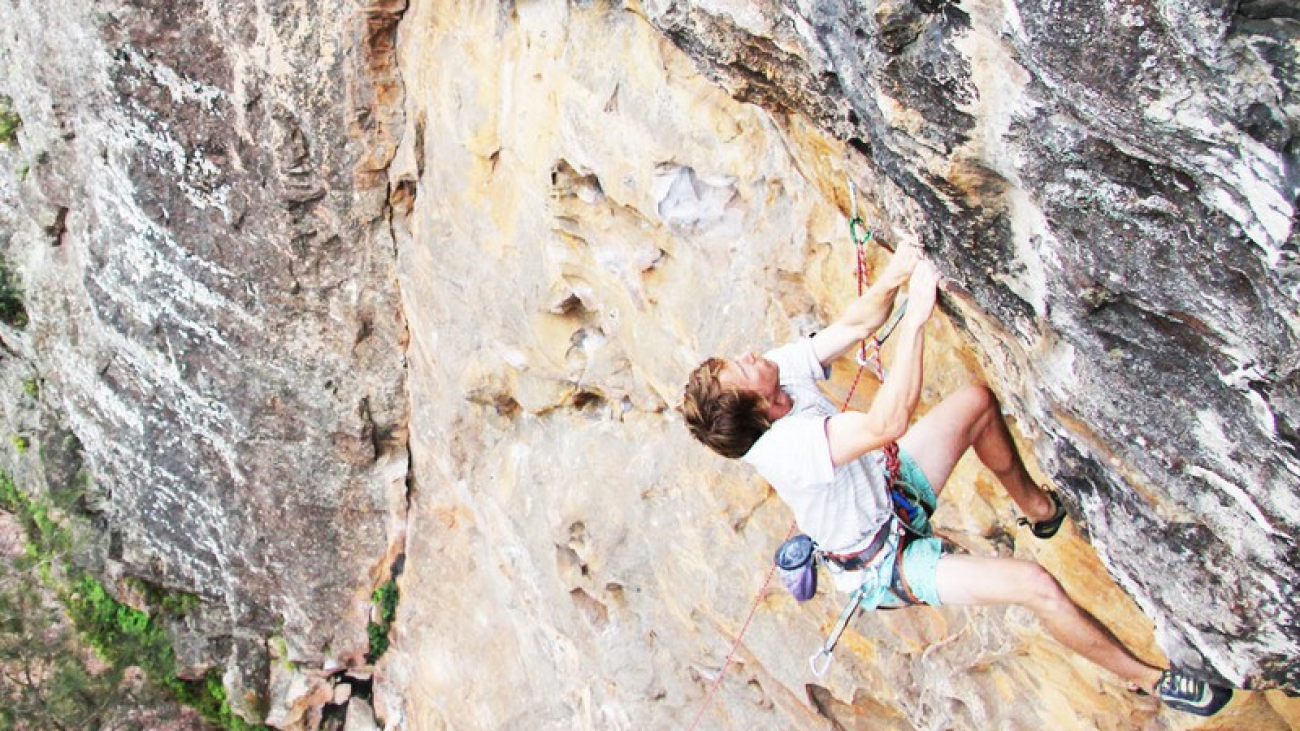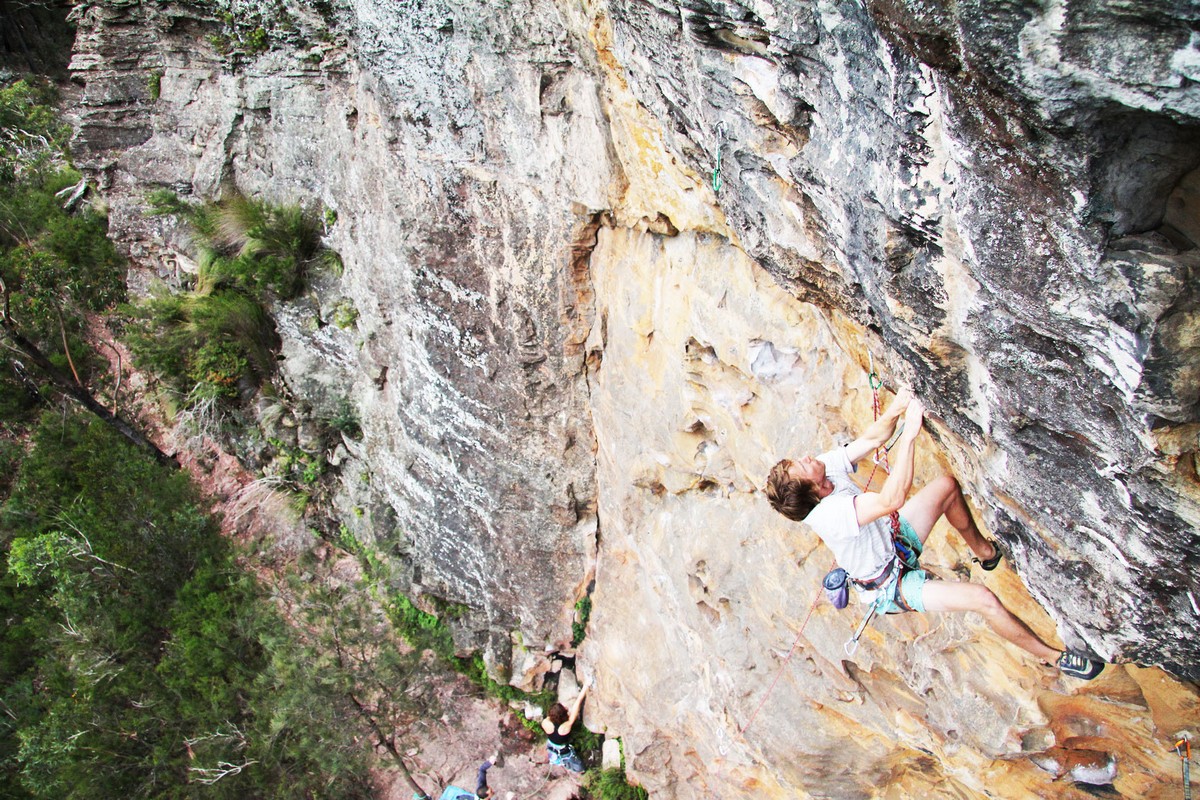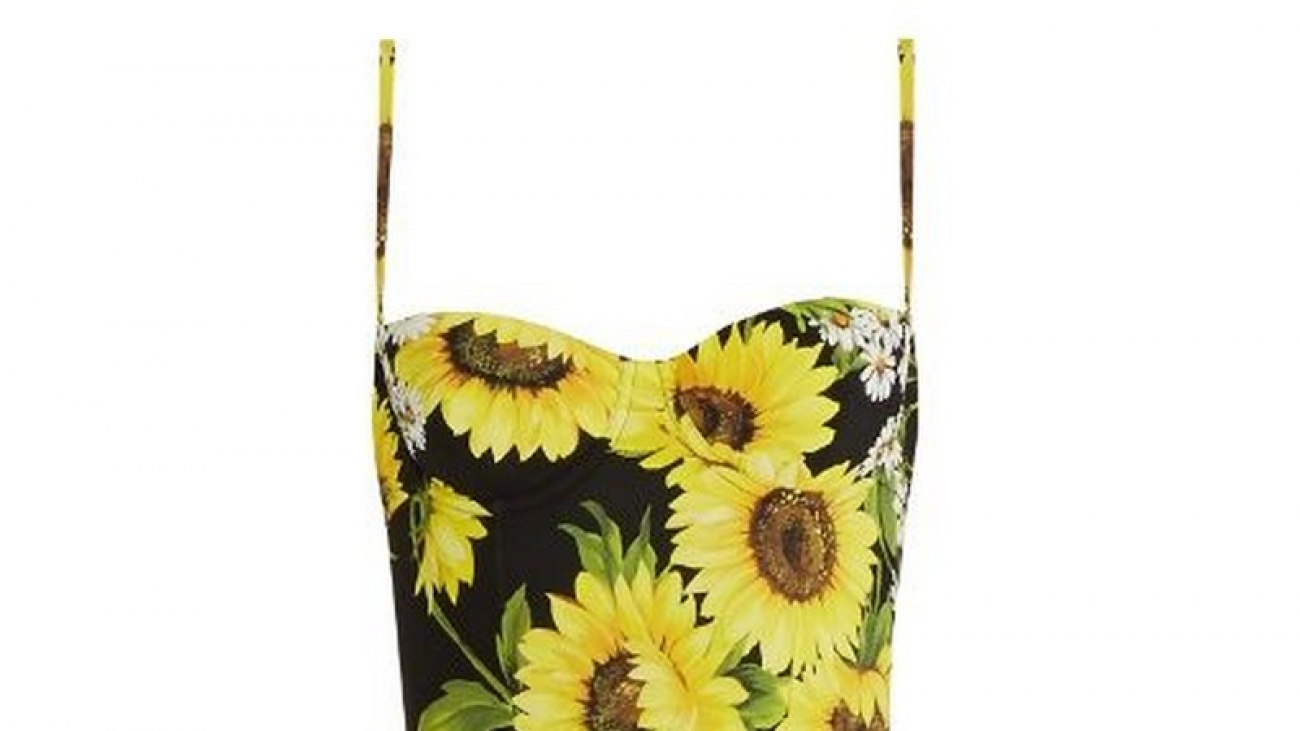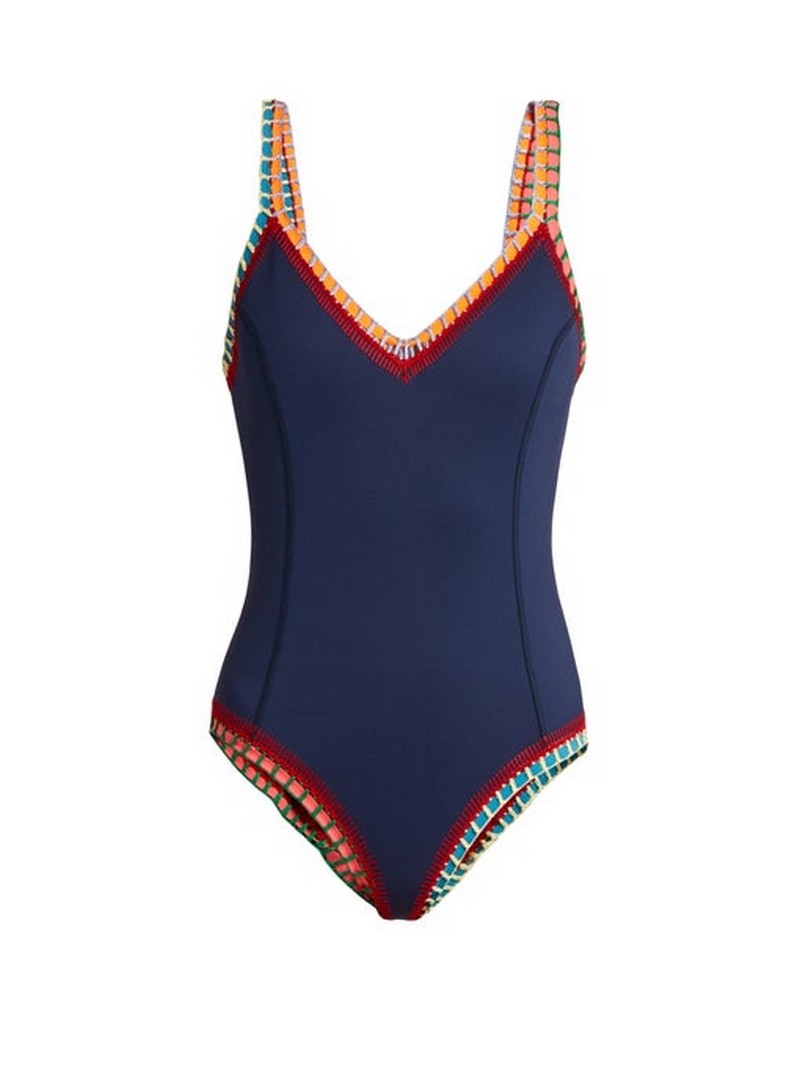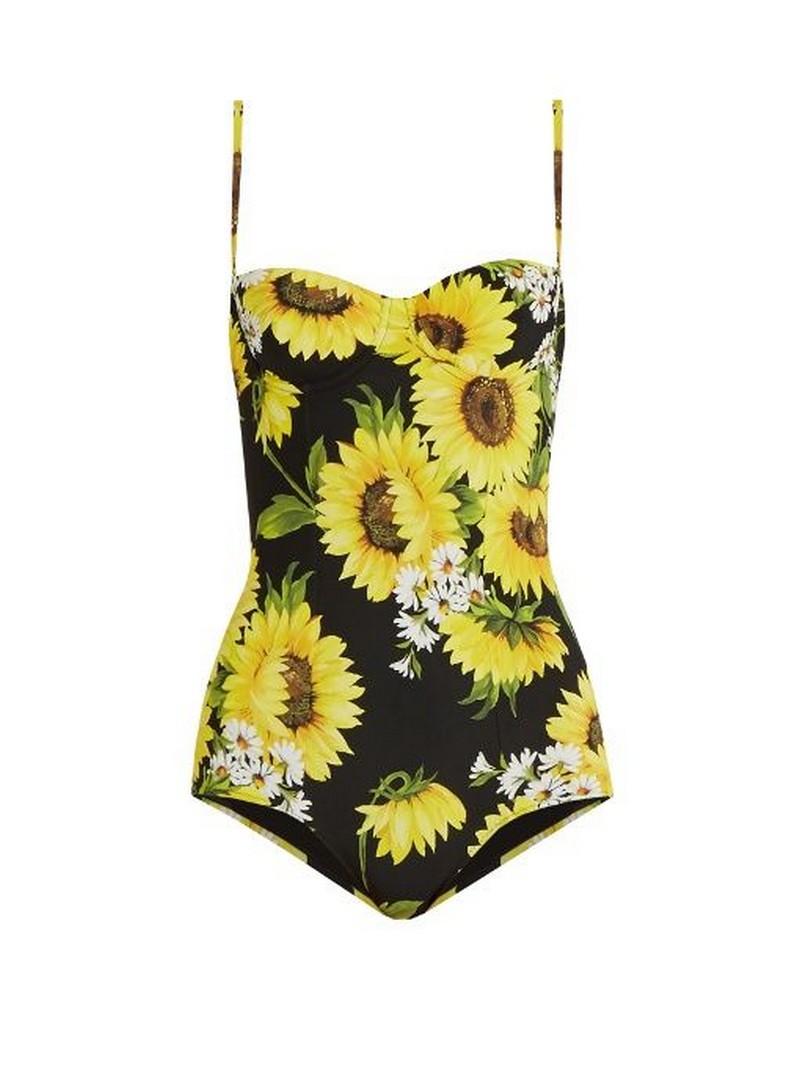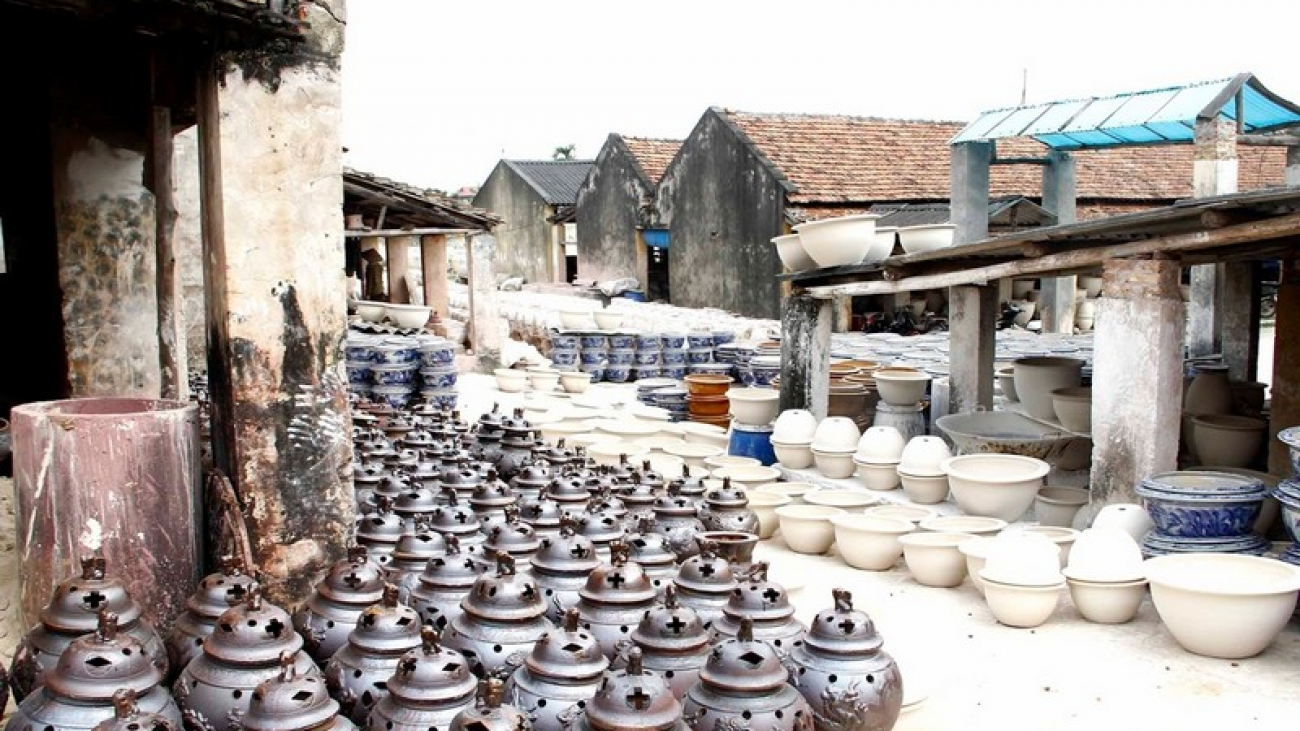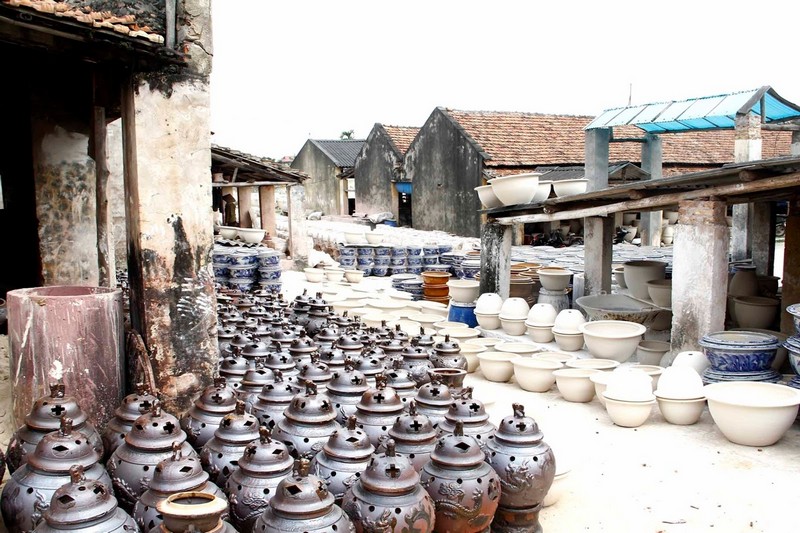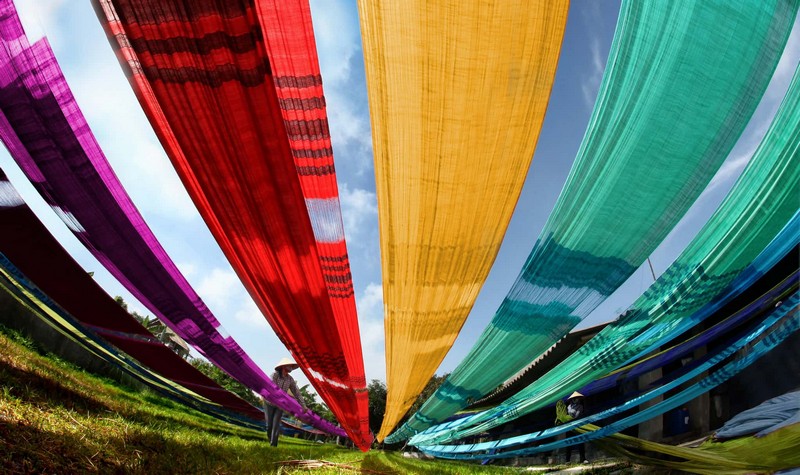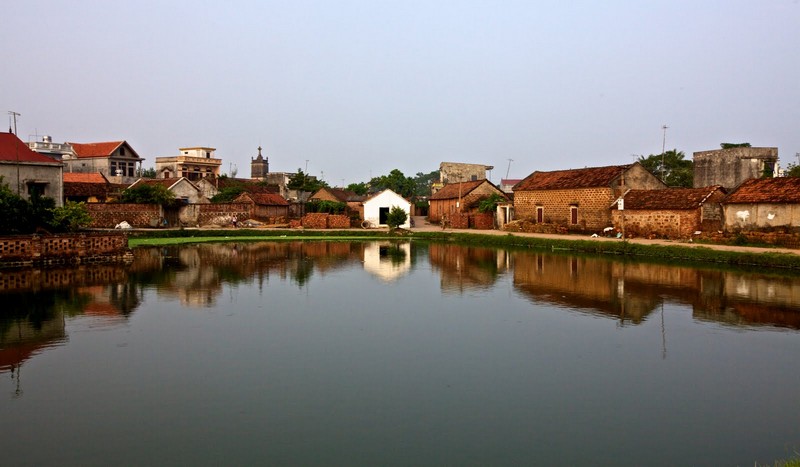Wanderlust Tips suggests to readers 9 travel sports to satisfy even the most thrill thinking adrenaline junkies.
[rpi]
You will have boring trips no more once you discover sport travelling. You will experience all the gamut of emotions from anxiety, nerves and even fear and then burst with excitement.

ATV riding is a common activity for adventurers; my first ATV ride was in Dahab, Egypt. Wadi Qunai is surrounded by desert and canyons and it is a splendid for ATV riding adventures. I still remember that time when it was only me doing the activity until my guide joined to accompany me as he was worried about my safety.
An All-Terrain Vehicle (ATV), also known as a quad, quad bike, three-wheeler, four-wheeler, or quadricycle is a vehicle that travels on low-pressure tires, with a seat that is straddled by the driver, along with handlebars for steering control. As the name implies, it is designed to handle a wider variety of terrain than most other vehicles. The rider sits on top and operates these vehicles like a motorcycle, but the extra wheels give more stability at slower speeds.
I first thought ATV riding was boring and non-adventurous, but realised I was wrong when my guide showed his skill with his ATV. During the journey, we stopped at beautiful spots for pictures and enjoyed the spectacular views of desert and mountains. Easy to use electronic gear-change quad bikes are suitable for anyone over the age of twelve.
ATV riding in Wadi Qunai was tough because the path was full with of big stones. Even though I know how to ride a motorcycle, I needed some time to familiarise myself with handling the ATV as it was a little bit heavier and harder to control – especially when you need to take turns. But once you are familiar with ATV riding, you are sure to enjoy the ride at the fullest.
ATV riding is actually a great way to exercise. It demands strength and mental acuity. Overtime however, those bumps, jumps and tight corners wear down even the strongest dudes. If you can feel fatigue setting in, ask your guide to stop riding and take a break. Even if you don’t feel tired, if you’ve been riding all day, take a break, rehydrate and fuel up with some lunch.
Wanderlust Tips
>> It does not matter whether you know how to drive or not as ATVs are easy to handle.
>> Always wear safety gear. Helmets, goggles, boots, gloves – the works. There are no seatbelts on an ATV and flipping over is a lot easier than you might think. Be prepared and go home intact.
>> Do a pre-ride inspection every time. Check the tires for wear and rims for damage. Look over your controls and make sure connections and cables are intact. Check the chain for worn links and sprockets for broken teeth and ensure there’s enough lubrication.
The idea of engaging in extreme adventures is fun and exciting. After all, who wouldn’t be excited at seeing breath-taking scenes, experiencing adrenaline-pumping activities, or sharing death defying experiences with friends? However, based on our experiences, many people find out the hard and painful way that the world of adventure is not as easy as described in blogs or seen in photos and videos.

I still remember my guide shouting at me to jump from a 10-metre cliff. It was the best jump ever in my life. I was worried that I would fall on the rocks but I needed to trust my guide, as he was very experienced. If you’re not used to jumping from cliffs into deep water pools then you would definitely be fearful when faced with jumping off a cliff. The more you wait looking down, the more fear will conquer you. If you work well under pressure, you can ask your guide to do a countdown for you with a commanding voice before you jump. This worked with one of my travel buddies.
Canyoning is travelling in canyons using a variety of techniques that may include other outdoor activities such as walking, climbing, jumping, abseiling (rappelling), and swimming. During canyoning at Kawasan Fall in Cebu, Philippines, you need to jump around 6 cliffs and one time, they asked me to jump upside down, meaning that my head went first instead of my legs. The whole journey took about six hours. We started with hiking the hill for about an hour before the canyoning adventure started.
Even though the downstream river trekking was considerably easier than upstream trekking, it was still quite a challenge since we had to brace ourselves to avoid being swept off our feet. The rocks were quite slippery, and many parts of the river were obscured by foam or sediment.
All I can say is that that journey was tough and adventurous, but any feeling of fear disappeared immediately when taking a deep breath to enjoy the scenery. Amazing waterfalls with a refreshing turquoise colour of water made you not wanting to end your journey. In my group, there were six participants including two guides and myself.
Your safety is the priority in this activity. You will be provided with a lifejacket and safety helmet and you are required to wear it all the time. The main things during the activity is always listen to your guides.
ATV riding is actually a great way to exercise. It demands strength and mental acuity. Overtime however, those bumps, jumps and tight corners wear down even the strongest dudes. If you can feel fatigue setting in, ask your guide to stop riding and take a break. Even if you don’t feel tired, if you’ve been riding all day, take a break, rehydrate and fuel up with some lunch.
Wanderlust Tips
>> Shoes are compulsory.
>> Some of the cliff jumps are compulsory. For those who have a fe of height, it is advisable to consider the activity before signing upunless you want to fight the fear factor.
>> Only bring a waterproof camera, make sure it is secured on yourbody part and will not limit your movement. You can bring your phone if it is sealed with a waterproof case.
>> Do some stretches before the activities begin, as you will need strength of your hands and legs.
>> It is advisable to use long trousers as many sharp edges await along the way.
There are tons of water sports to choose from and a very good example is jetskiing. This is one of the most popular and exciting water sports that you can participate in and I can tell you that it is a whole lot of fun!
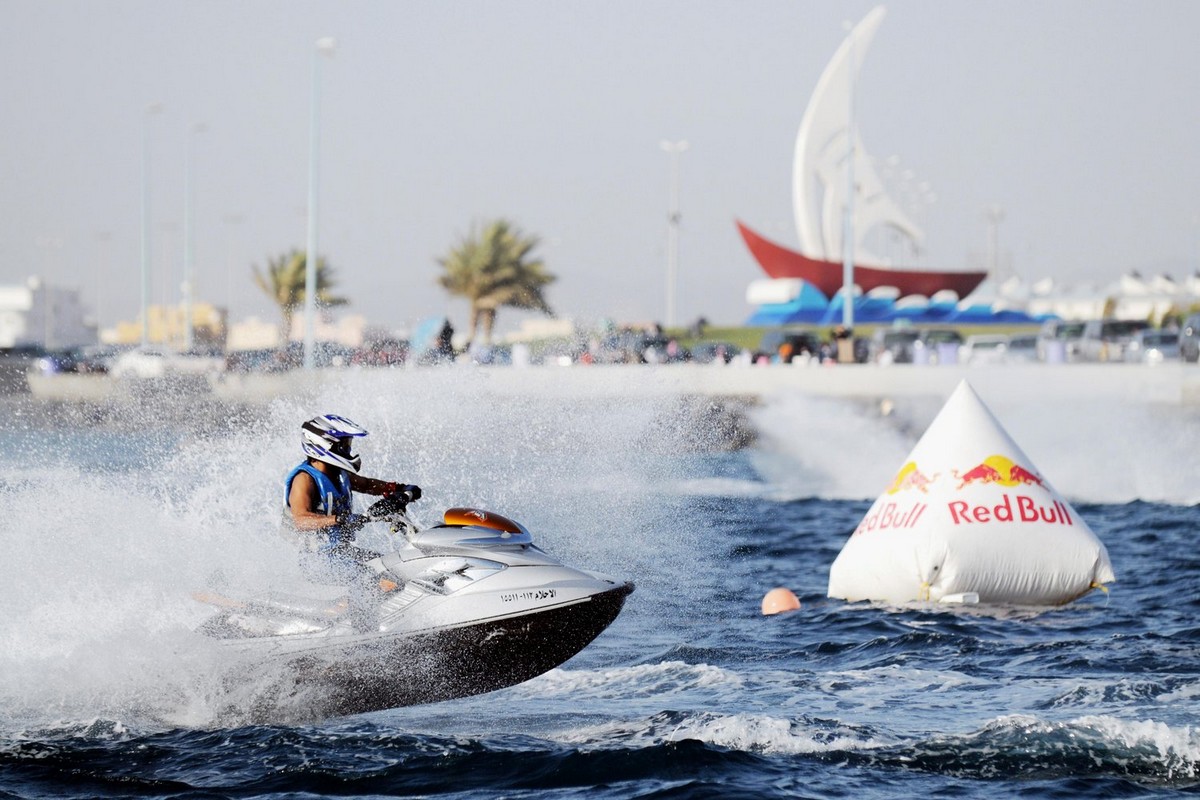
To be honest, jetskiing had never crossed my mind during my travels as I heard some of the bad stuff about scams by jetski companies around the world that would claim that you had damaged their jetski and ask for ridiculous amounts of money from you. But fortunately, while I was in Palawan Philippines, after observing people for a few hours and getting positive feedback from my guide and people around, I gave my first jetskiing experience a try. And that was the best choice I ever made.
Jetskiing is a sport packed full of fun and adrenaline rushes, which is why a lot of people get hooked. If you are a beginner, don’t be afraid because this is a safe activity. Keep in mind that all professional jetskiers have been in your shoes at one point. Take necessary precautions, practice, and follow the instructor’s guidance. Before you know it, you will be on your way to enjoying the sport without any professional assistance.
The only way you will be able to practise your speed is by moving away from the shore. As you increase the speed of a jetski, its nose rises slightly above the water level. This marks the beginning of fun and adventure as you ride through the waves with some water splashing into your face. If you are lucky enough, a dolphin might be swimming next to you showing off their acrobatic jumps. Additionally, the best thing about jetskiing is that you can stop wherever you want for swimming, snorkelling or taking some photos of beautiful scenery.
If you have never ridden on a jetski, safety is probably your biggest concern at this point. You might be asking yourself, “Is it really safe? Can I do this? What if I lose control?” Don’t worry, everyone was once a beginner who asked those questions, and now those beginners are out there jetskiing all they want!
Wanderlust Tips
>> You will be provided with a life jacket in case you find yourself in the water. This is an essential gear that will keep you afloat and even some of the most experienced and professional swimmers wear one. Once you have it on, make sure that it is fastened properly.
>> Before you start jetskiing, you will have to make sure that the engine shut-off clip (safety key) is securely attached to your life jacket. If you ever lose balance and fall into the water, this will ensure that the engine is switched off automatically so that your jet ski will stop next to you.
Have you ever wanted to know what it’s like to fly like an eagle? Every year from April to November, the wind from the Indian Ocean blows from through the South of Bali. This gift from God provides perfect conditions for paragliding in Bali! People from all over the world come here to have an unforgettable date with Bali’s beauty.
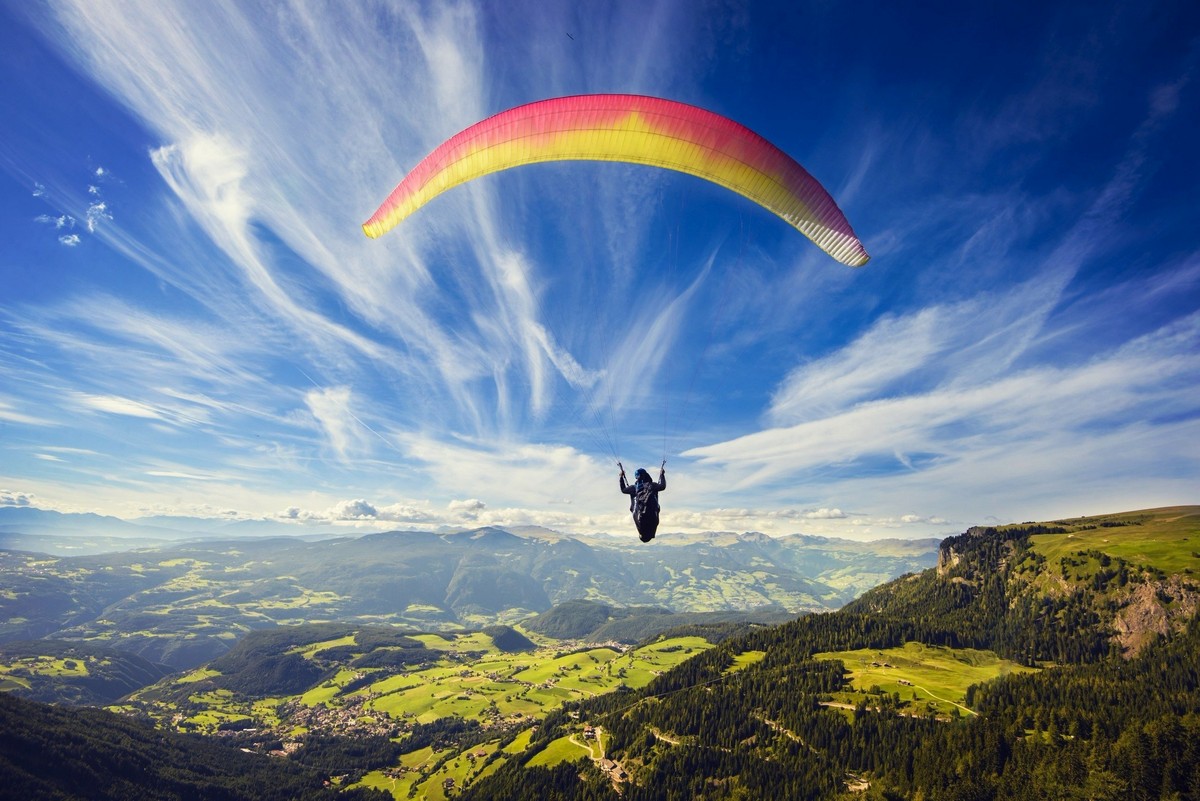
The ocean breeze were a welcome relief, blowing the heat from my skin, as I looked over the cliffs of Nusa Dua in tropical Bali. I was ready. I leaned my chest deeply into the gentle wind, threw my arms up and let my feet leave the ground. Empty space opened up beneath my toes but rather than fall, I allowed myself to fly.
My childhood dreams of soaring across blue skies became reality. My new bird’s eye view revealed a spectacular coral reef meeting a roaring surf break, a traditional temple perched atop a rocky outcrop hosting a Balinese ceremony and monkeys scampering and hollering in the trees below.
The tandem paraglider was flown by one of the service providers who are fully qualified pilots. During the flight the pilot explains to you what s/he is doing, and if conditions permit, you are allowed some hands-on control of the glider. While you are thrilled, flying in the sky with your “newfound wings”, you have awesome views across the unbelievable green-blue sea, stunning beaches with white sand, romantic cliffs bathing in the afternoon sun and maybe even see a breath-taking sunset. Escape from the gravity of earth and just enjoy the peaceful freedom of the beauty of the Balinese sky.
Paragliding is a special experience; whether it’s your first time, your 50th or your 500th – there is something deeply moving about relying on nature’s breath to carry you. It’s a freedom that comes from flying without an engine, the thrill of taking off into empty space, a deep sense of joy and playfulness that comes from gliding like a bird.
A paraglider is essentially a nylon wing, which works by inflating cells to create pressure and an aerodynamic shape that generates a lift. Be it riding a sea breeze or a rising thermal, this giant piece of fabric is designed to fly, and fly it does, often for hours and for many hundreds of kilometres.
Wanderlust Tips
>> Having a good paragliding instructor is rather important.
>> For beginner paragliders, it is important that you do not make any flights in steady winds of twelve miles per hour or less. When winds get heavy during a flight, it can be verydangerous. The wind can twist the cables in the unit as weas cause the pilot to steer off course.
>> Whichever canopy you choose to use for paragliding be sure to read the manufacturer’s recommendations for use. Beginner canopies are much simpler and allow the new pilot to simply focus on practicing with steering and not going too high up in the air.
My favourite activity of all times is snorkelling. I have snorkelled in most of the parts in the world where this is possible. The best snorkelling ever to me was on Maldives as I can’t think of anywhere else I’ve been where such prolific and beautiful wildlife and underwater scenery is so easily accessible. One of the most wonderful experiences you can have while snorkelling on the Maldives is to swim with a sea turtle. Even at the most shallow and easy of Maldives snorkelling sites, you can come across something surprising and amazing at any time. Sea turtles, reef sharks, rays and some incredible and unusual fish will often be close to shore when you least expect to see them.

For people who are afraid to go deep out into the water, well you don’t have to! Snorkelling is done without leaving the surface of the water and you will not be afraid to sink because the mask keeping you afloat. You do not need to know how to swim to go snorkelling as you will be provided with a lifejacket. What you need to do is be calm when you enter the water. Some of the snorkelling group tours, have a guide. Follow the guide’s instructions and never go far away from the guide. Fins are very helpful, but it is very uncomfortable for first timers.
If you are only watching underwater episodes of the National Geographic Channel or Youtube videos, then once in your life you must try and experience seeing it for yourself before your very eyes. What’s more beautiful underwater than above the surface are amazing and beautiful corals. They come in different shapes, sizes, colours and textures. You can see a brain-like coral, a mushroom, a plate, noodles, branches and much more. You will see lots of beautiful and colourful fish of different kinds, shapes, sizes and behaviour. Some come in groups and others are solo. There are fishes might be familiar to you (NEMO!) and others will remain a wonderful mystery.
Wanderlust Tips
>> Relax, breath and float. Your natural setting is to float if you are breathing and relaxed.
>> Choosing a mask. You preferably want a tempered glass and a soft silicone mask, brands are not such a big deal here, the fit is most important. To find out if the mask is the correct size, simply put the mask on your face and breathe in through your nose. If the mask sticks to your face it’s sealing up just fine. If the mask falls off, try another.
>> Your fins should fit comfortably. Try closed heel fins unless you have boots. If your putting on your fins in the water to golden rule is to make sure you clean all the sand out before you go as sand in your fins can cause horrible blisters.
In Chiang Mai, Thailand, one of the memories that I will never forget is a white water rafting trip. The flow of the river got stronger and stronger until our raft did not balance. Our raft was upside down and everybody was out from the raft just as had imagined would happen before I started the activity. Everybody was shouting. Luckily, all of us managed to hold the securing rope of the raft. We listened to our guide and we managed to get our raft back into a normal position and everybody got up one by one. This is the challenge of the white water rafting. The higher the level, the bigger the chance of raft to going upside down.

Whitewater rafting was amazing fun and I might repeat the activity. I loved the experience. I’d been worried that we’d be paddling furiously for four straight hours during our four-hour excursion, but we paddled only intermittently, enjoying the lush scenery, dramatic canyons, and lovely waterfalls as the current carried us.
When we boarded the raft, I could feel the relentless water wanting to throw it down the stream along with us. When we started moving towards the rapids, that’s when the real adventure started to kick in. It got me panicky and I lost the grip of the paddle. I got my first scolding for violating the most important rule of safety by losing grip of the grip! It got me more frustrated with myself but we were nearing the 1st set of rapids with their ferocious teeth pointed at us impatiently waiting to devour us whole. There was no time for brooding over my mishap so I collected myself and started to paddle forward upon hearing our raft captain’s first set of instructions.
Bubbling rapids that sometimes soaked us completely punctuated the trip. Once, during a stretch of level 4 rapids, with two “get down” commands, I did very skilfully smack myself in the face with my paddle, bite my lip and hurl my paddle out of the boat (a replacement was in the raft so I could get back to paddling quickly). Other than my brief lack of coordination, I completed the trip with flying colours.
Overall, it was bouncing excitement, physical exercise with postcard-perfect natural scenery and tranquillity, followed by a deep sense of accomplishment.
Wanderlust Tips
>> Choose reliable and licensed professional rafting service providers.
>> Always wear a lifejacket
>> If your raft capsizes, do not panic.
>> Wear clothes that can get wet
>> Don’t bring anything that’s not waterproof — or that you would mind losing.
>> Wear water-friendly shoes. I wore sneakers and they got completely wet, which was fin, but you may want to wear more appropriate shoes.
>> If you bring a camera, make sure it’s waterproof and secure.
>> Don’t bother with a hat. You’ll be wearing a helmet.
>> Be clear regarding levels of difficulty. Inexperienced or fearful rafters should stick to lower levels
If you love paragliding, but do not have the courage to fly into the air from the height of hundreds of meters, parasailing can be a perfect solution. Although you may not be able to enjoy the breathtaking scenery from great height – as you would with paragliding – the feeling of flying over the sea and landing on the white foamy surface of water will be an unforgettable experience.
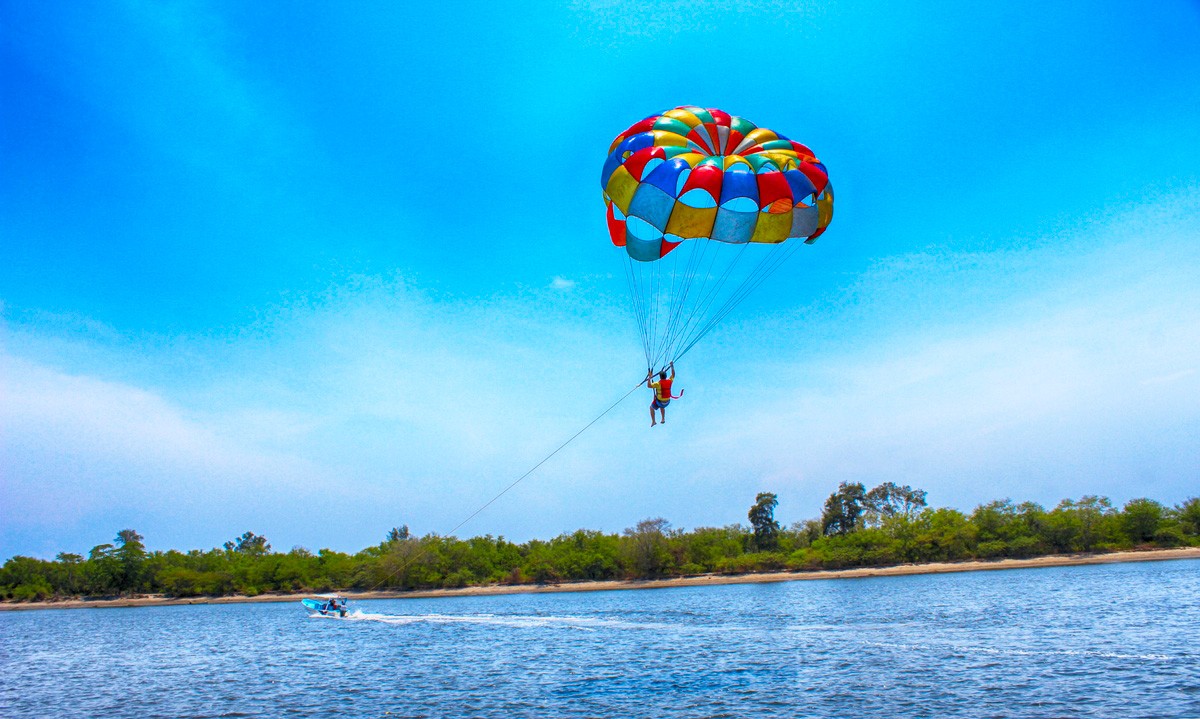
Although parasailing is one of the most adventurous sea sports, participants will be attached to a canopy wing, then towed behind a canoe. Protected by straps at the belly and hip, you will fly at a height of 45 to 100 meters. In addition to being equipped with life jackets, there is a protective canoe beneath you. If you should fall into the sea when landing, people in the canoe will come assist you. You will fly for 10 to 15 minutes. During this time, the canoe will slow down gradually to let you descend to the water surface once or twice, with your feet contacting the water, before being lifted up again.
Experience the feeling of flying in the air, the power of the wind, and the waves when landing. This is a sport that brings a special kind of excitement for participants. Often, parasailing tours are sold all day, but the best time is when the sun begins to set on the vast ocean.
Wanderlust Tips
>> This is a sport that does not require any technical skill; it is a fun and exciting activity on the sea that enhances your trip.
>> You will be instructed by the service vendor on how to gain momentum when you start to fly and during the duration of your flight. You will be instructed to run at the speed of the canoe until your feet touches the water, so as to avoid falling forward. At the same time, you will learn how to grasp the straps to ensure good balance in the air. You will be provided a life jacket for emergency situations.
>> Currently, parasailing services are available at many beaches throughout Vietnam, such as Ha Long, Da Nang, Hoi An, and Nha Trang. There are two types of popular services: single person parasailing and tandem parasailing. Rates range from VND500,000 per person to VND800,000 for two people.
When observing steep cliffs, some people admire the beauty of nature and others look forward the challenge of conquering rough rocks. Physical strength, skills, and a few tools are all you need to conquer this rather adventurous sport. Climbing on cliffs – from a few meters to tens of meters high over the sea – comes in two forms: rock climbing (using ropes) or deep water soloing (only by hand).
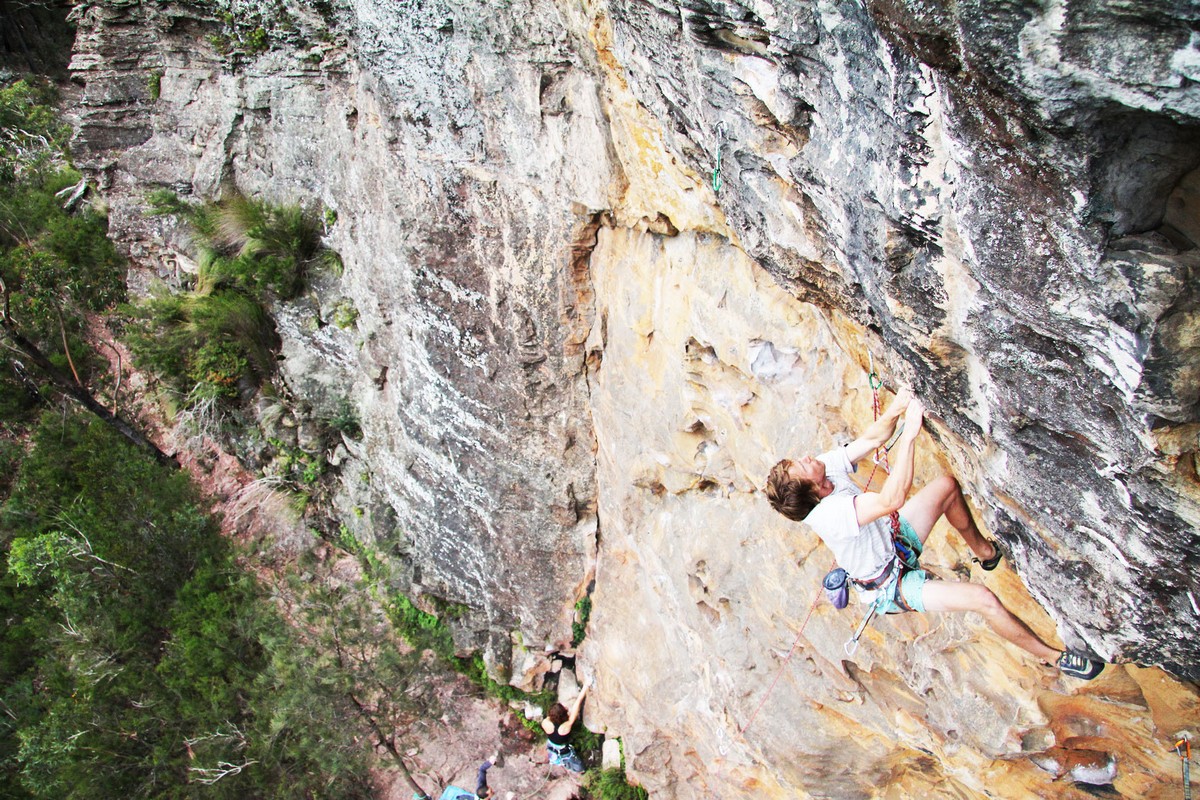
Generally speaking, this terrain of cliff rock climbing is dangerous, so before you conquer cliffs, you need a long period of physical training, endurance, and climbing skills. Rock climbing, whether indoor or outdoor, on less dangerous terrain may be experienced using supportive equipment such as protective belts, ropes, descenders, and deluxe links. This differs from deep water soloing.
With deep water soloing, the water surface acts as a protective mattress if you have reached your “endurance limit,” when you are unable to climb further and have no choice but to fall. However, it is not advisable to jump from the cliff during a low tide or in heavy seas. Just as important to the climbing technique of deep water soloing is the water landing technique. If one lands improperly (horizontally, for example), the consequences are extremely serious. When jumping, set your arms and legs free in mid-air until you are vertical when you enter the water – like a pencil. This minimizes water drag on the body.
Wanderlust Tips
>> Never go alone, and let someone know about your climbing plan before you go on the trip, to prepare for emergencies.
>> Be mindful of the difficulty level marked by signs on each climb unless you discover a completely new route yourself.
>> Necessary equipment includes: specialized climbing shoes and powders to help cling to slippery surfaces.
>> Always go in the summer, as you will often jump into water from cliffs of several meters to tens of meters high. Be careful, because when water temperature is below 15°C, you may experience shock from the cold water. Of course, you will also need to be good at swimming.
>> In Vietnam, there are two groups that organize mountain climbing: Catbaclimbing (Cat Ba – Hai Phong), Vietclimb (Hanoi), and Pushclimbing (Saigon). Travel expenses usually range from 1 million to 2-3 million VND, depending on the destination and service.
Surfing, kite surfing, windsurfing, and SUP-standup paddleboards are all sports that use surfboards. Sea lovers will definitely be enchanted by these sports. You will learn how to master the body, gain balance, use wind power and conquer the waves. Participants will experience excitement when passing a large wave that has fallen, as though it has swallowed the participants, or somersaulting in the air with their surfboard in the white foam with a pull of the kite, or glide on the surface of the water by controlling the sails in the wind.

Each type of surfing on the sea requires a different set of techniques. For example, with windsurfing, the surfer needs to start with a surfboard that is perpendicular to the wind direction, with his back facing the wind and the sails heading outwards. After balancing on the surfboard, tilt the sail to the back if you want to go with the wind, and tilt the sail to the front if you want to divert. The larger the wind and the smaller the board, the more experienced the surfer needs to be in order to sail. When falling, try to avoid falling on the surfboard; rather, try to fall in the water to avoid injury. One thing for sure: surfing is not just a sport for recreation or physical training. It is also a bridge that helps you get closer to nature, listen to every breath of the sea and its waves, and listen to your own body. As such, surfing is considered one of the most powerful water sports in the world.
Wanderlust Tips
>> There are countless paradises for surfers around the world, such as Hawaii, Sirgao Island (Philippines), North Maldives, Manu Bay (New Zealand), and countless other spectacular beaches.
>> In Vietnam, the ideal places for surfing are Mui Ne and Nha Trang. Surfboard or sailboat rental is about USD20; kite surfboard rental is about USD60 per hour, including protective equipment. Buying a surfboard could cost several thousands of dollars.
Abang Fadli | Wanderlust Tips | Cinet
